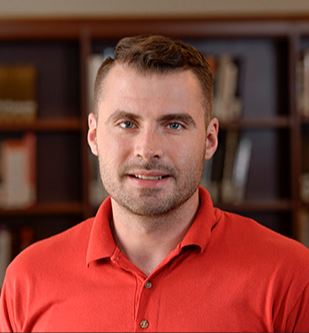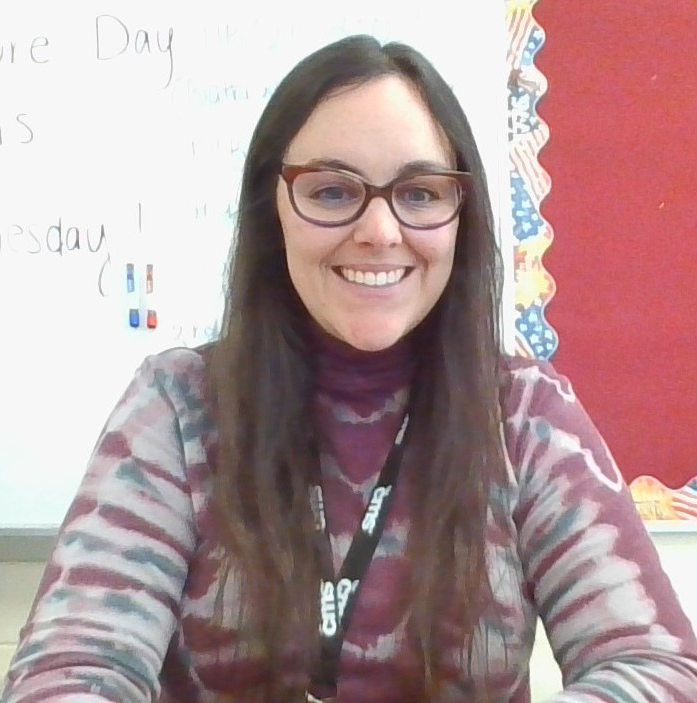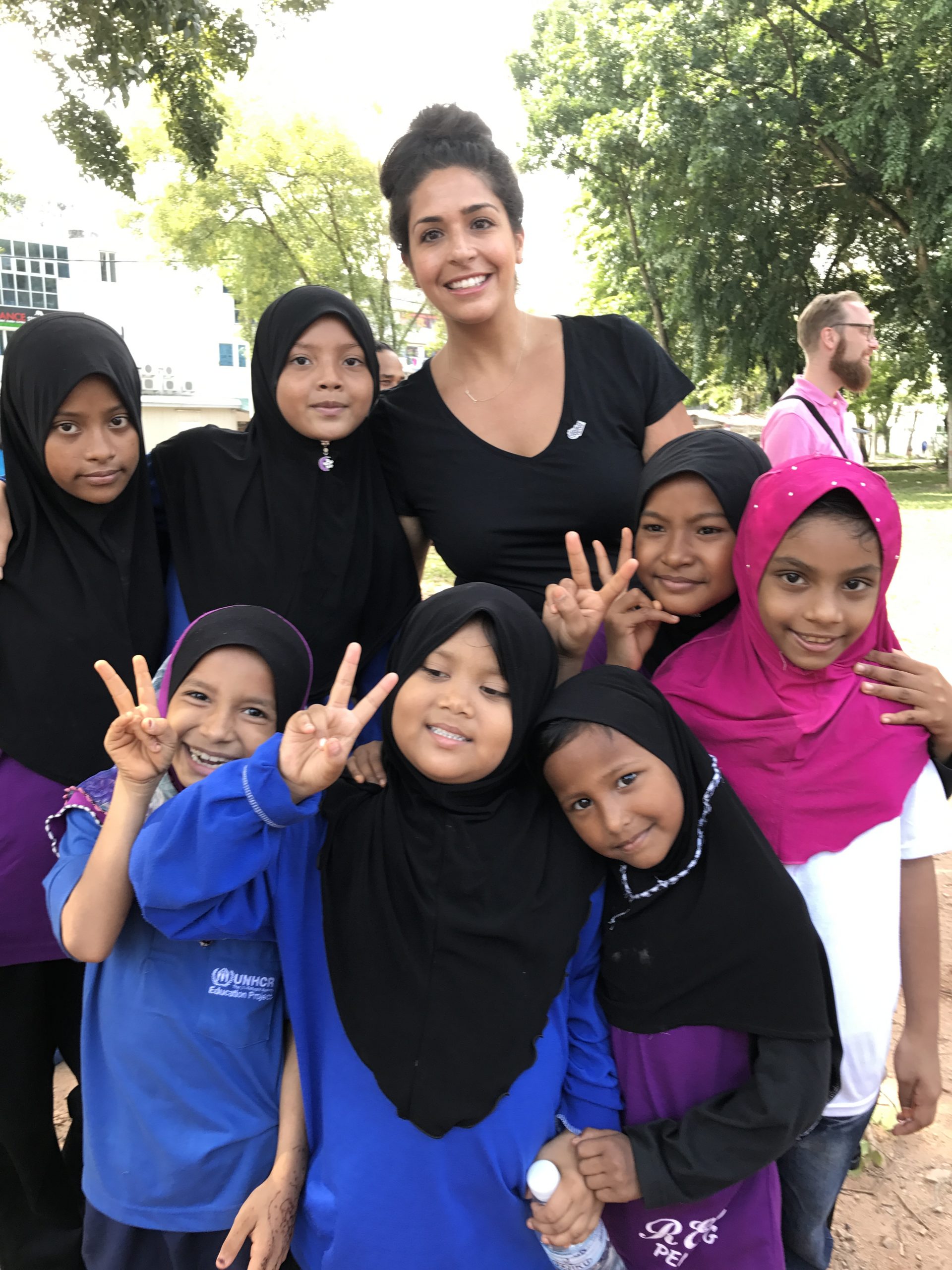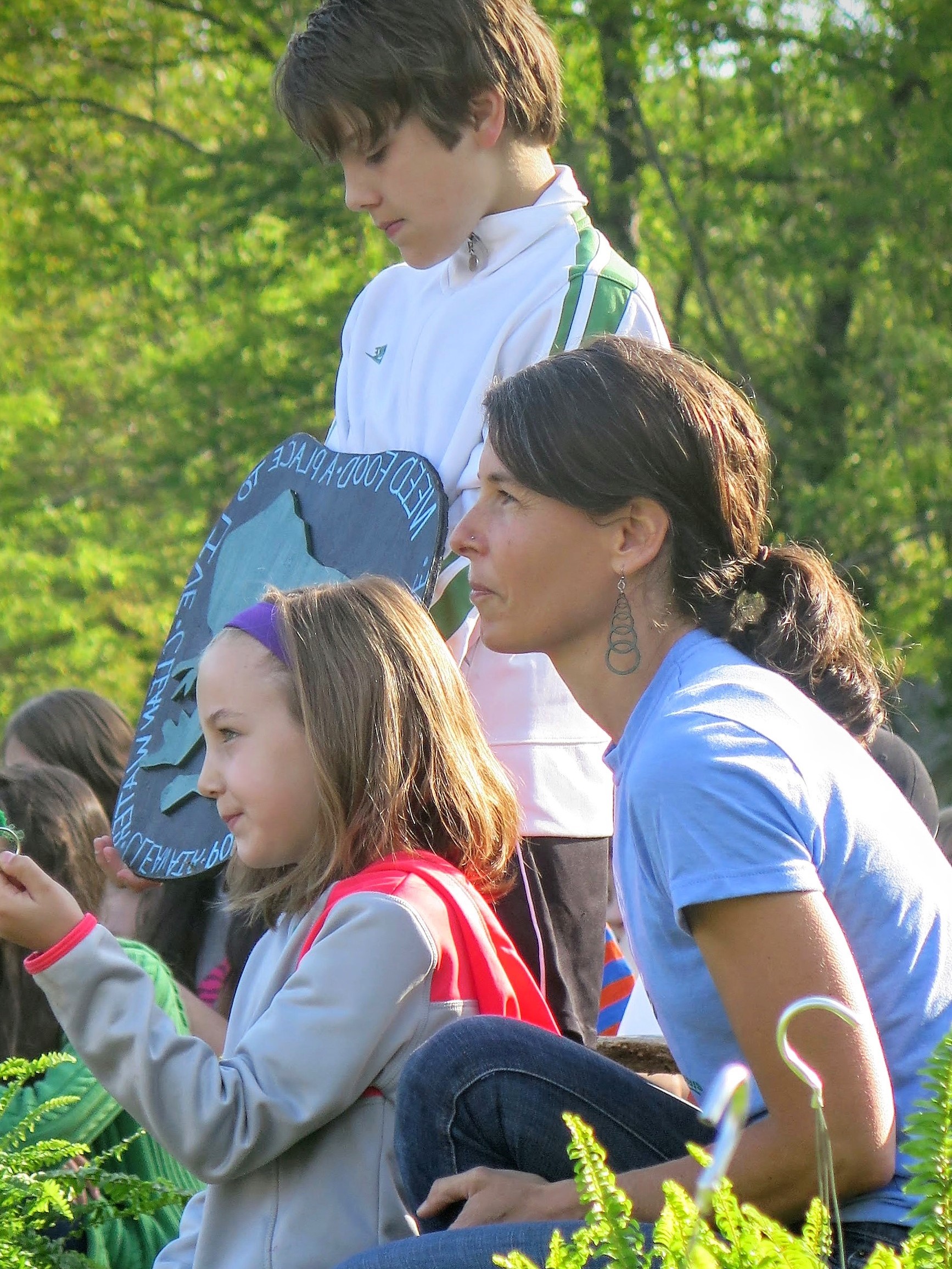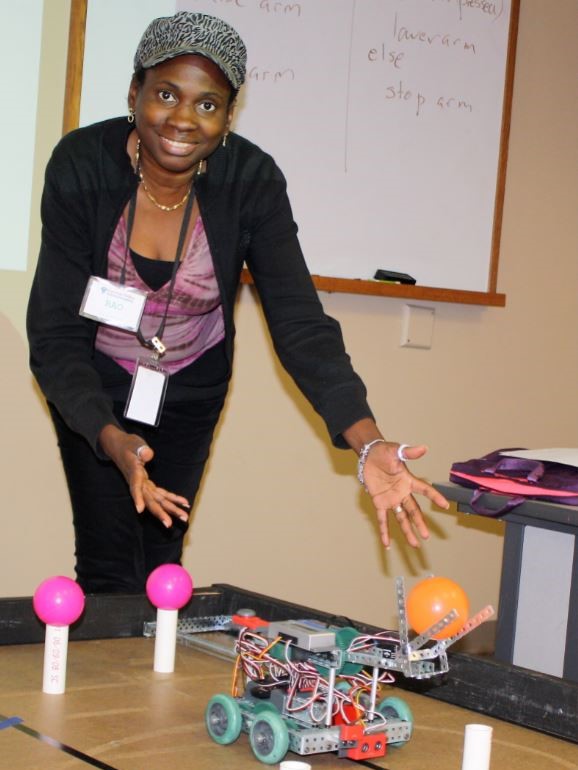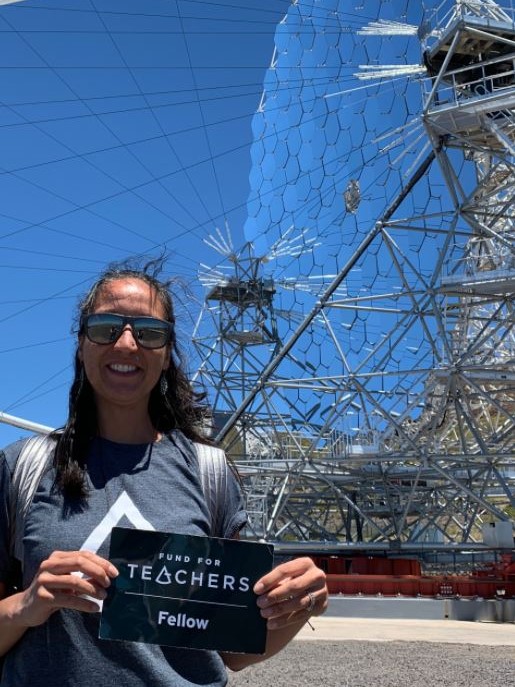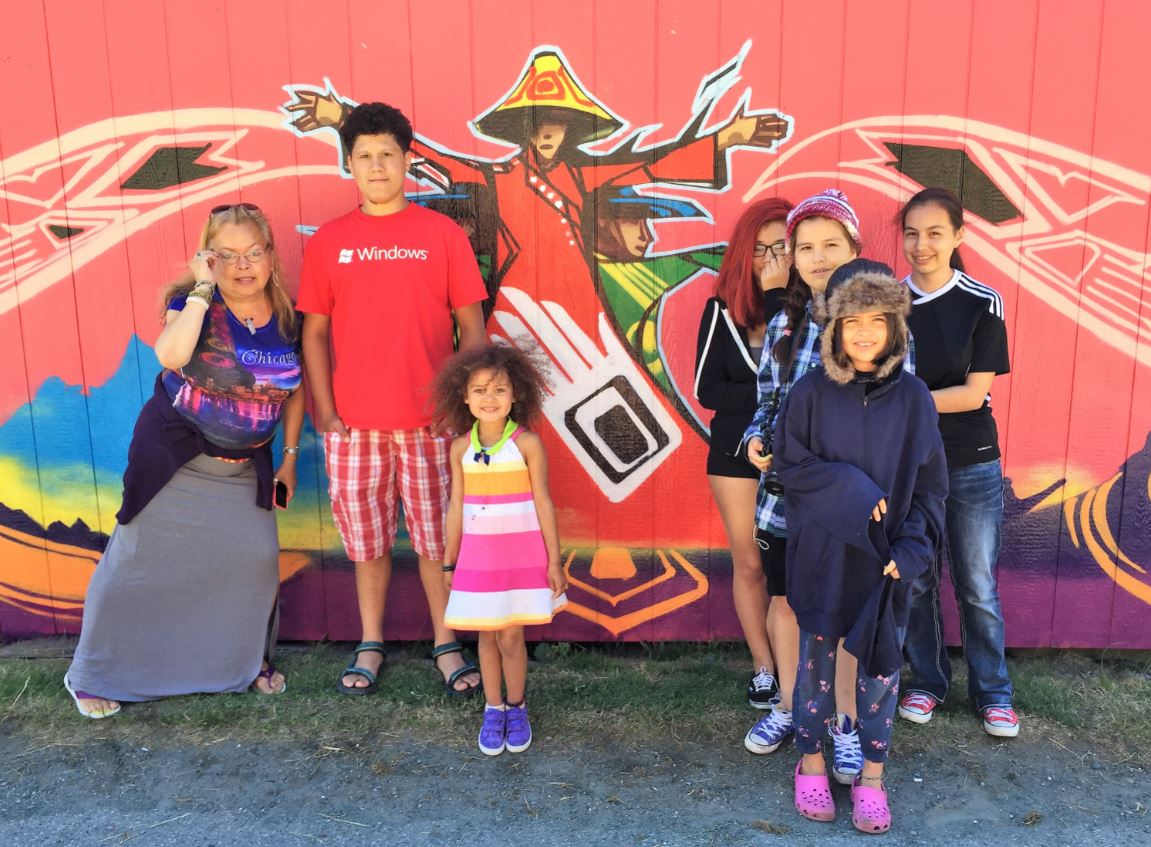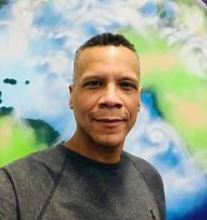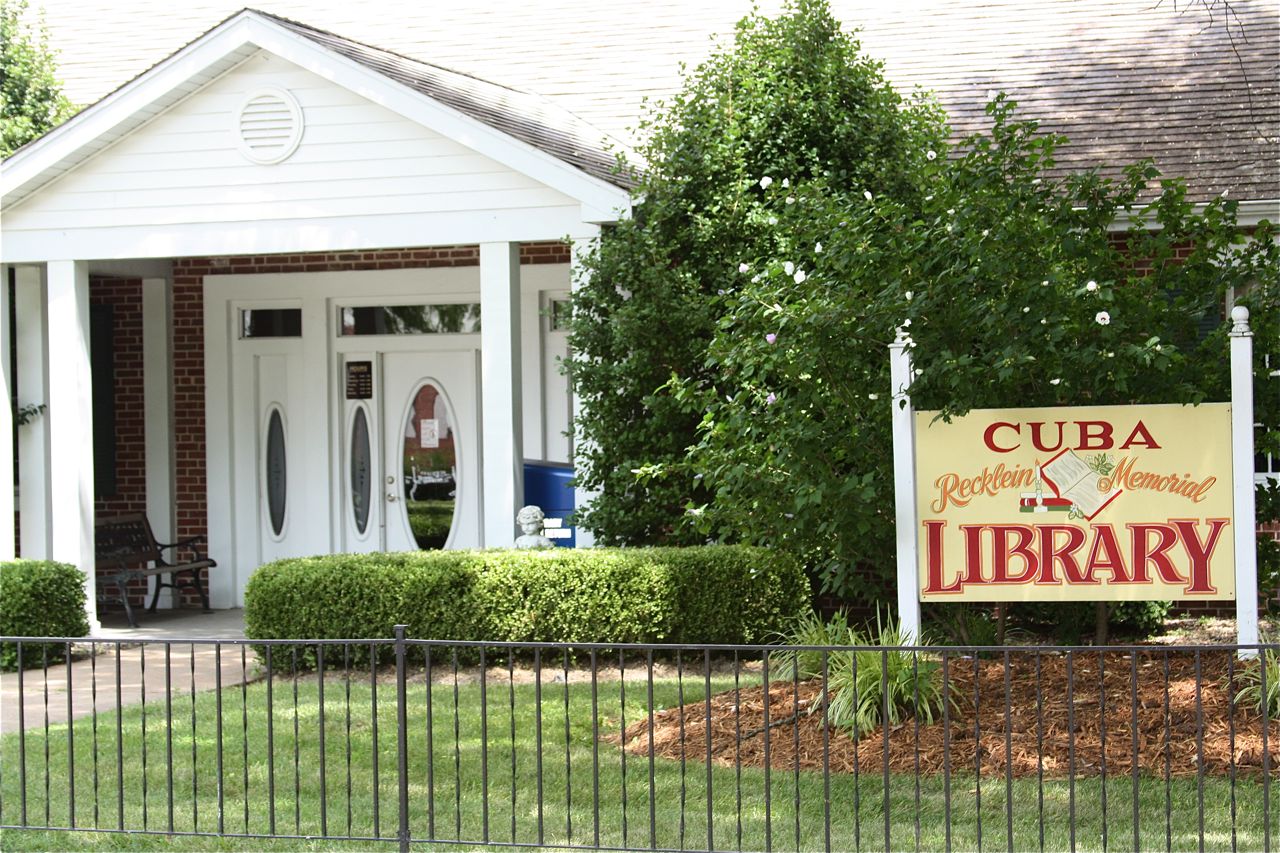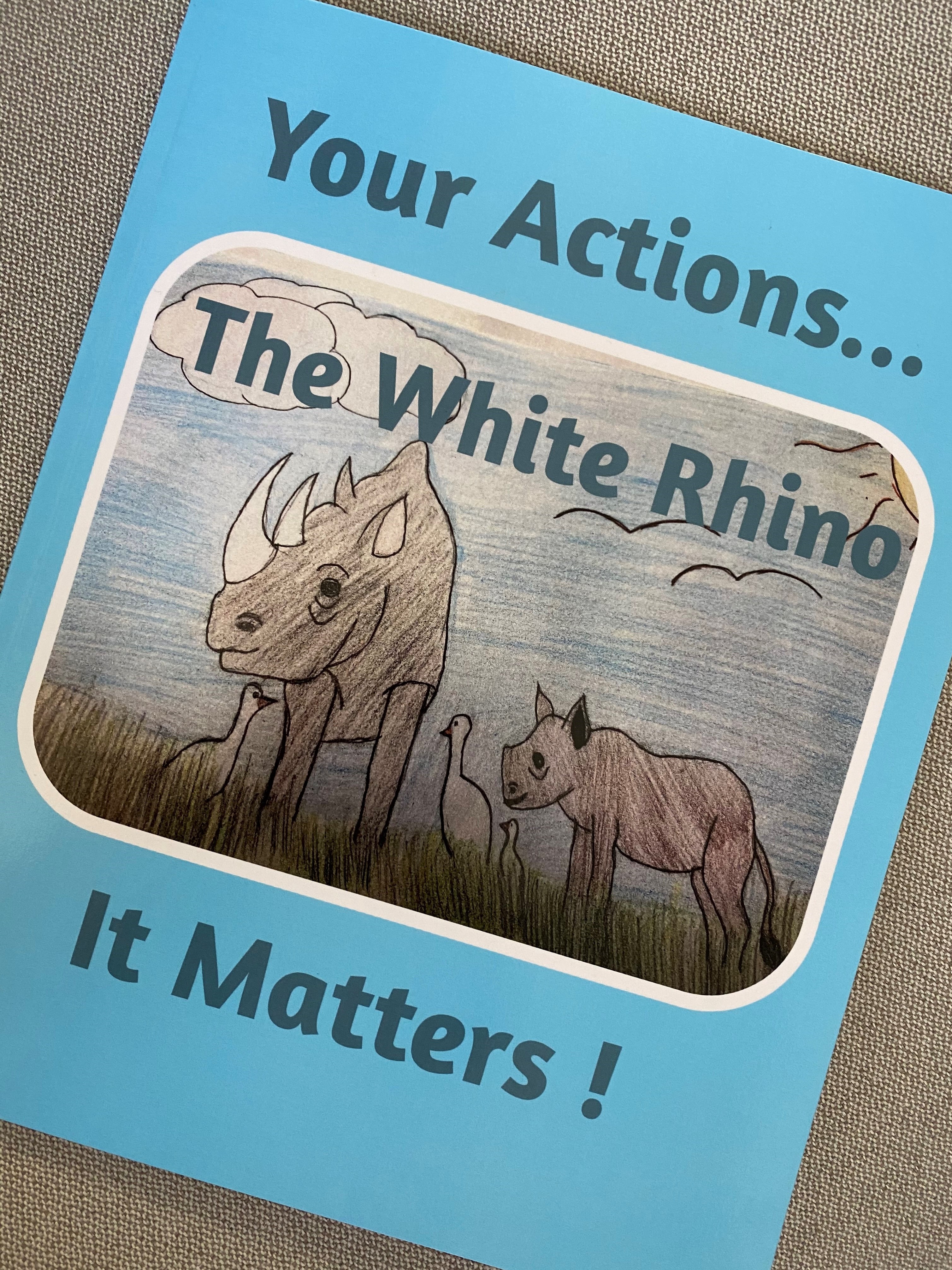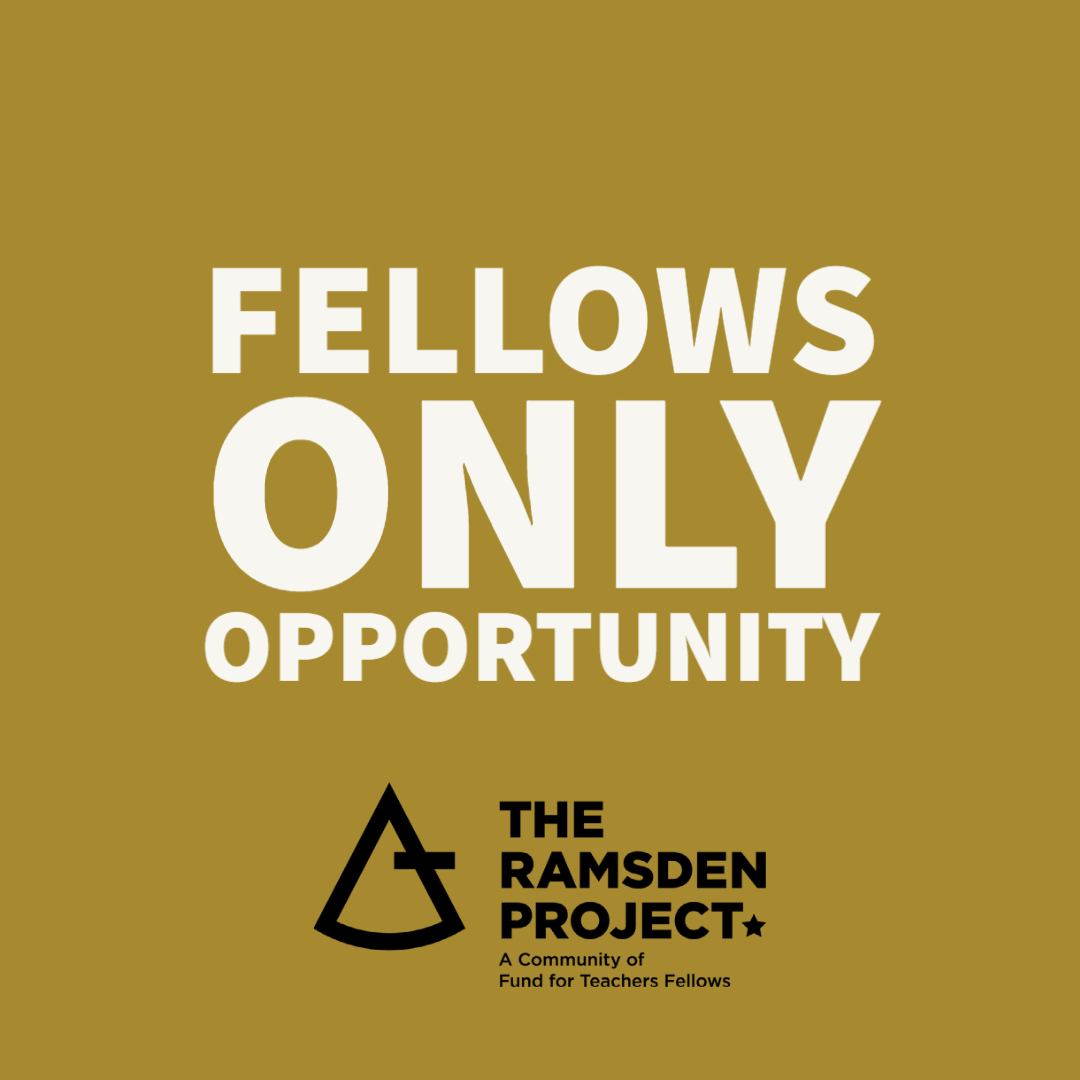 Bette Sloane (Mineola High School – Garden City Park, NY) applied to join the Equity Innovation Circle last year because she wanted to figure out how to elevate the minuscule cross section of famous mathematicians representing her students of color. “If students do not see themselves represented in mathematicians,” she asked, “how can they see themselves as mathematicians?” With a $300 Innovation Circle Grant, Bette enrolled in the Harvard Graduate School of Education to learn strategies for building curricular integration of social justice into the high school mathematics. We’re proud to share her story.
Bette Sloane (Mineola High School – Garden City Park, NY) applied to join the Equity Innovation Circle last year because she wanted to figure out how to elevate the minuscule cross section of famous mathematicians representing her students of color. “If students do not see themselves represented in mathematicians,” she asked, “how can they see themselves as mathematicians?” With a $300 Innovation Circle Grant, Bette enrolled in the Harvard Graduate School of Education to learn strategies for building curricular integration of social justice into the high school mathematics. We’re proud to share her story.
[minti_divider style=”1″ icon=”” margin=”20px 0px 20px 0px”]
In the summer of 2019, I was awarded a Fund For Teachers grant to explore the mathematics behind China’s immense man-made structures and Japan’s delicate artistic compositions to create authentic, real-world Geometry problem sets that draw connections between engineering, architecture, and the arts. The experience was transformative, not to mention a tremendous amount of fun. However, mere months after my fellowship, the world shut down. In the midst of a complete re-haul of what schooling looks like in today’s digital, global society, Fund for Teachers reached out to its fellows with an opportunity to explore a problem in the classroom, collaborate with like-minded fellows, and further empower teachers to design their own professional learning.
The Fund for Teachers Innovation Grant found me at the perfect time. In the wake of current civil rights movements, schools have been attempting to tackle the important and relevant topics of racial inequity and social justice. My school is no exception. I teach in a high school and our students range from age 12 to 18. Our students range from beginning to understand what is going on in the world outside their hometown to desperately needing to discuss, debate and process the weight of these current events in their lives and on their futures. My district provided professional development on the importance of critical consciousness of racial and social injustice. As a lifelong learner, I was on a mission to delve deeper and learn how to weave social justice into the fabric of my high school math classes in a way that complements the curriculum.
I found a virtual workshop through Harvard’s Graduate School of Education, facilitated by Professors Scott Seider and Daren Graves, called Schooling For Critical Consciousness of Racism and Racial Injustice. Graves and Seider’s accompanying book examines critical consciousness as it consists of social analysis, political agency and social action. With a focus on social analysis and teaching through a culturally responsive lens, I began reading about ways I could integrate the contributions of a more diverse population of mathematicians to engage all students, but especially students typically do not see themselves represented in the miniscule cross section of famous mathematicians in the High School mathematics curriculum.
In my research, I found The Mathematicians Project, created by a Minneapolis teacher, Annie Perkins. Her project was so simple: introduce students to weekly examples of female and BIPOC mathematicians. As an experiment, during the first week of school, I asked my students to name any mathematicians they knew; they could only name dead, white men (Einstein, Pythagoras). The need for this project was clear. Following Perkins as a guide, I spent approximately 15 minutes per week researching a female, BIPOC, and eventually LGBTQ, mathematician and made a google slide to present to my classes. Throughout the process, I opened my mathematician choices up to suggestions from students, chose mathematicians with the same nationality as my immigrant students, and created an Equity Gallery in my classroom.
As a member of the FFT Innovation Circle focused on Equity, I received thoughtful feedback and valuable suggestions from educators all over the country that cemented my belief that this project was not just necessary, but imperative. Monthly Zoom collaborations with my Equity Circle brought me new perspectives to consider and a sounding board to workshop my own project.
My favorite part about my project is how small and simple it is. Sometimes, if a task seems too big, we might shy away from the work. And to be clear, the work that my fellow Equity Circle educators are doing is important work. So, instead of being nervous to get it wrong or make mistakes, I’m glad that we are taking the first of many steps. Small changes can make a big impact on our students and school community. My classes are already enjoying the ripple effects of The Mathematicians Project. When I discussed with my class Dorothy Vaughn (featured in the major motion picture Hidden Figures), one student announced that she had previously researched Katherine Johnson and asked if she could present her to the class the following week. Another week, one of my students took the initiative to make a request and asked me if I could present Ramanajan. After I researched and presented Ramanajan to the class, another student took it upon himself to teach himself one of Ramanajan’s proofs and present it to the class the next day.
This Innovation Circle experience helped me carve out the time to highlight female mathematicians and mathematicians of color in my classes. FFT helped me approach a big problem with a small solution and begin the work. We have to start somewhere. I firmly believe that math students will be more likely to see themselves as mathematicians if they see mathematicians that look like them. Representation matters.
[minti_divider style=”1″ icon=”” margin=”20px 0px 20px 0px”]
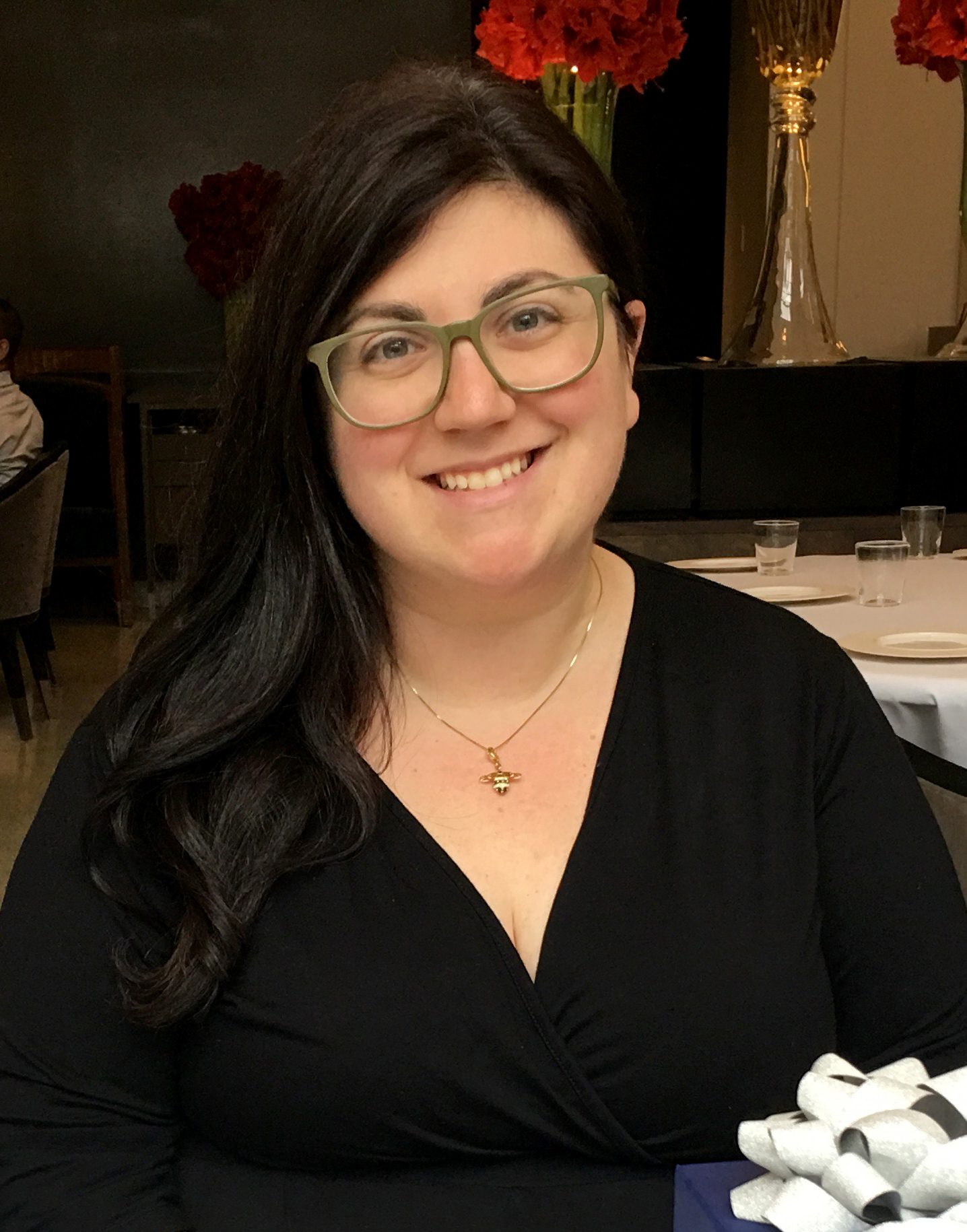 Bette Sloane has been teaching math at Mineola High School for 14 years. She is passionate about arts integration, especially in math, and received her Ed.M. from Teachers College Columbia University with a research focus on interdisciplinary education. She uses her BFA in Photography to teach students how to photograph mathematical concepts in the world around them, for which she won a 2011 NEA National Award.
Bette Sloane has been teaching math at Mineola High School for 14 years. She is passionate about arts integration, especially in math, and received her Ed.M. from Teachers College Columbia University with a research focus on interdisciplinary education. She uses her BFA in Photography to teach students how to photograph mathematical concepts in the world around them, for which she won a 2011 NEA National Award.
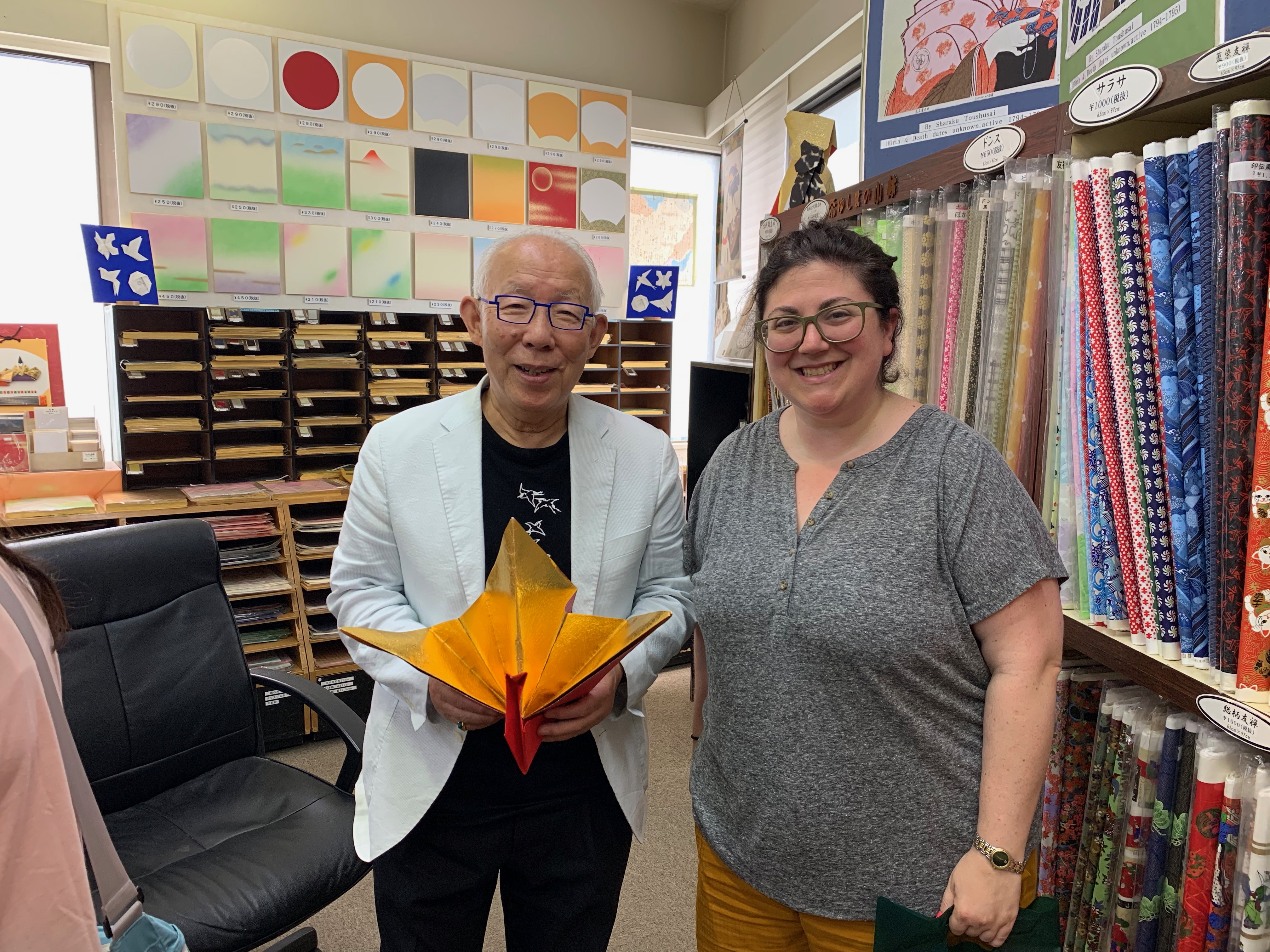
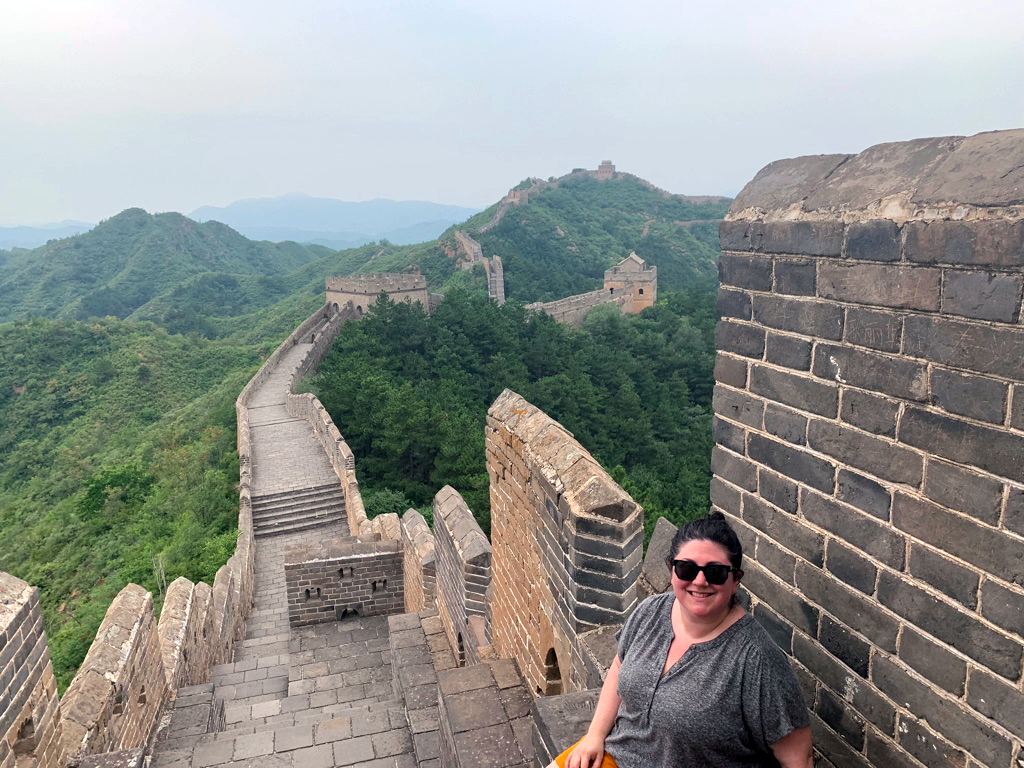
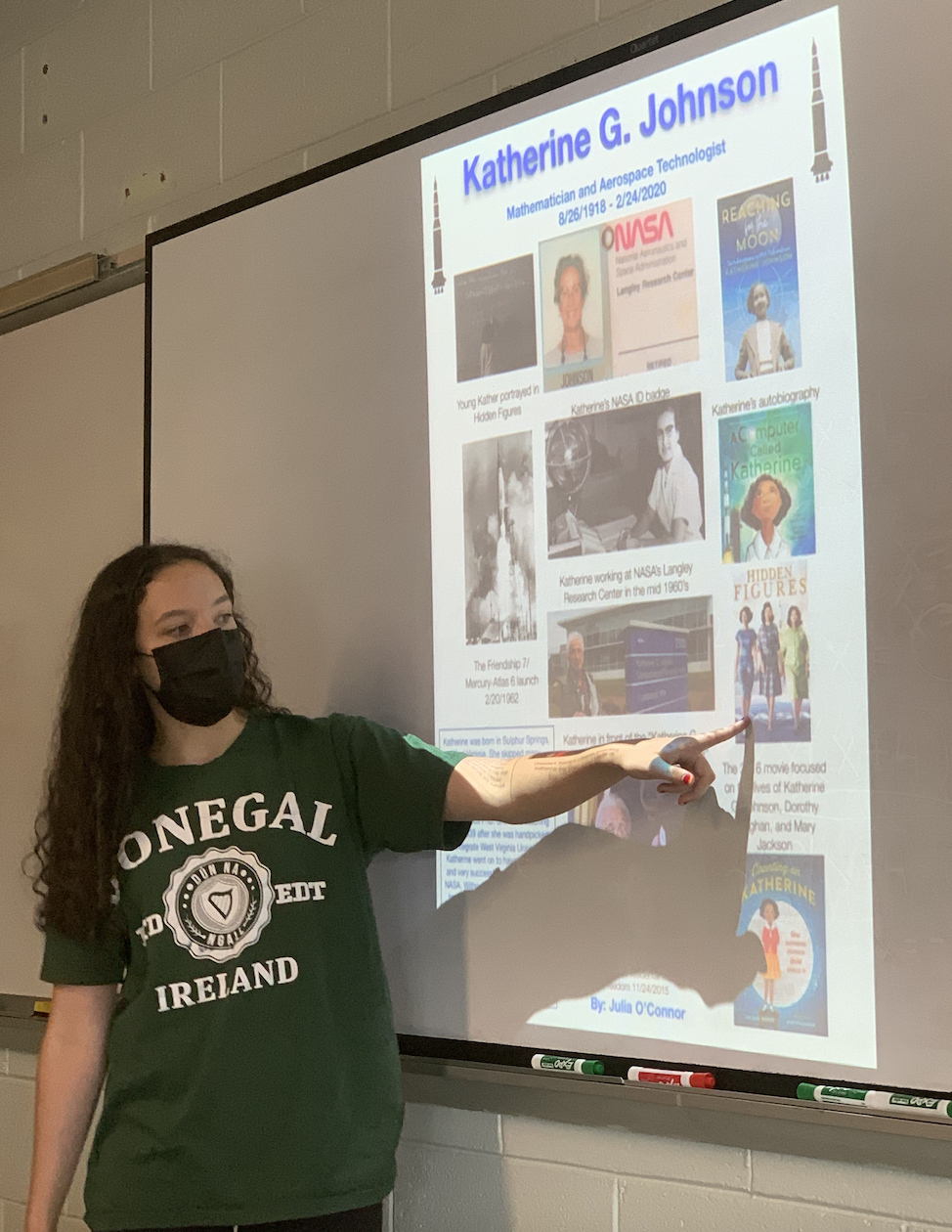

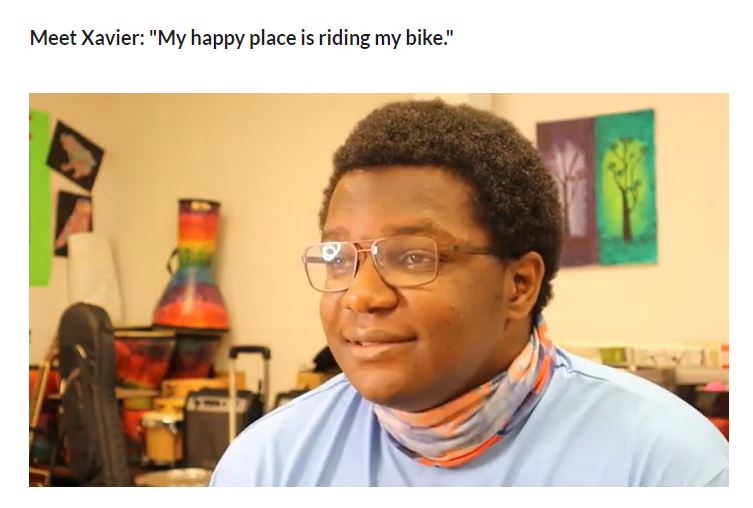
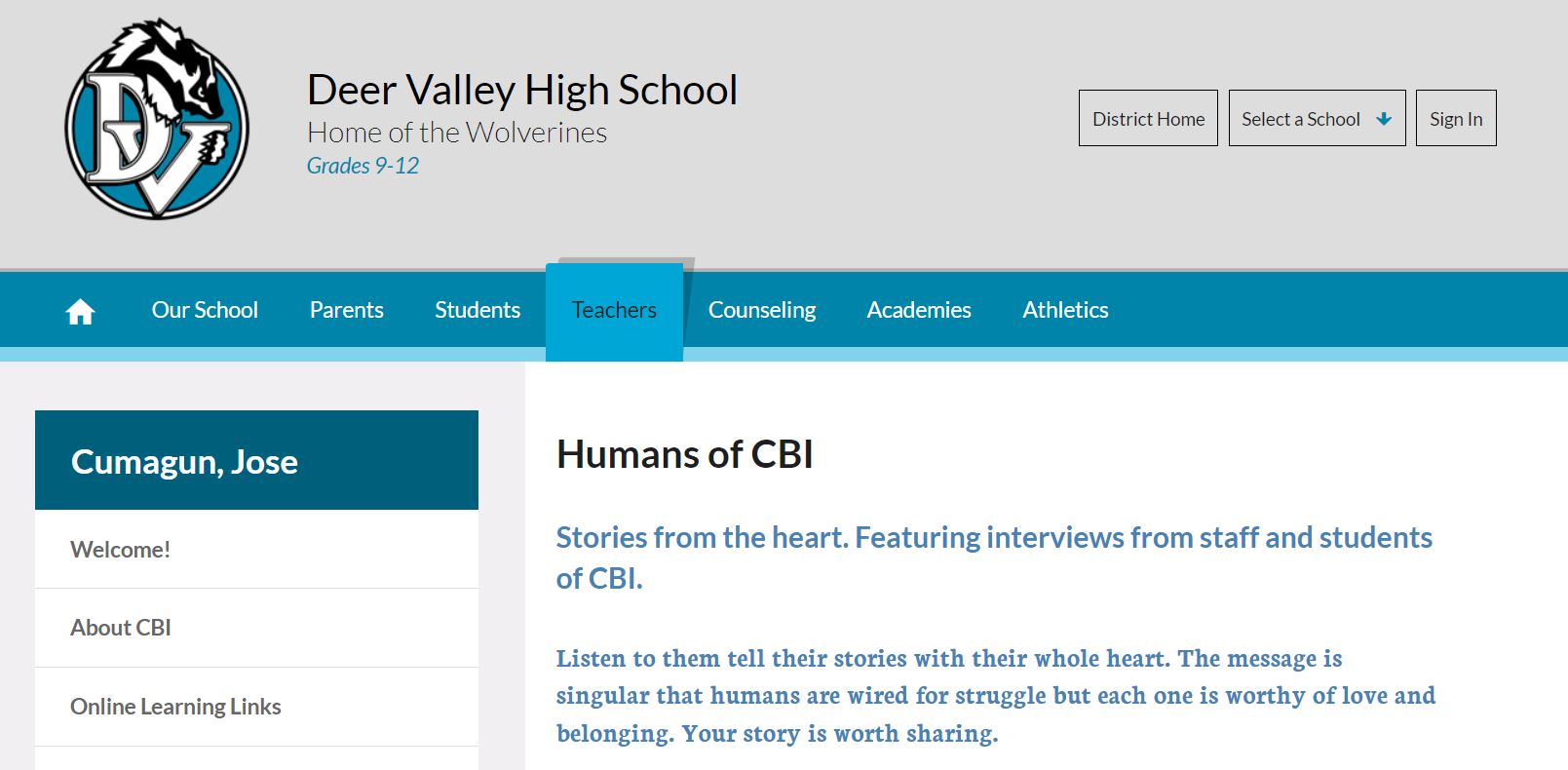
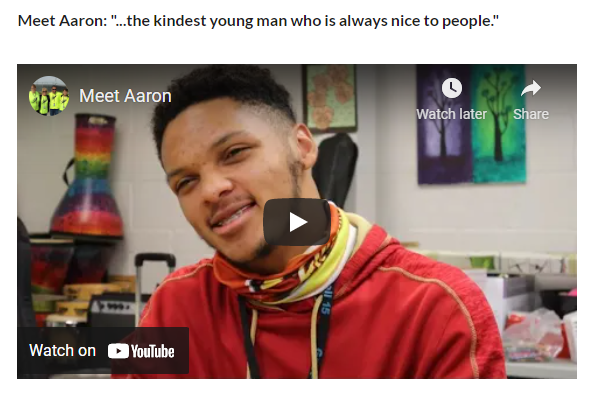

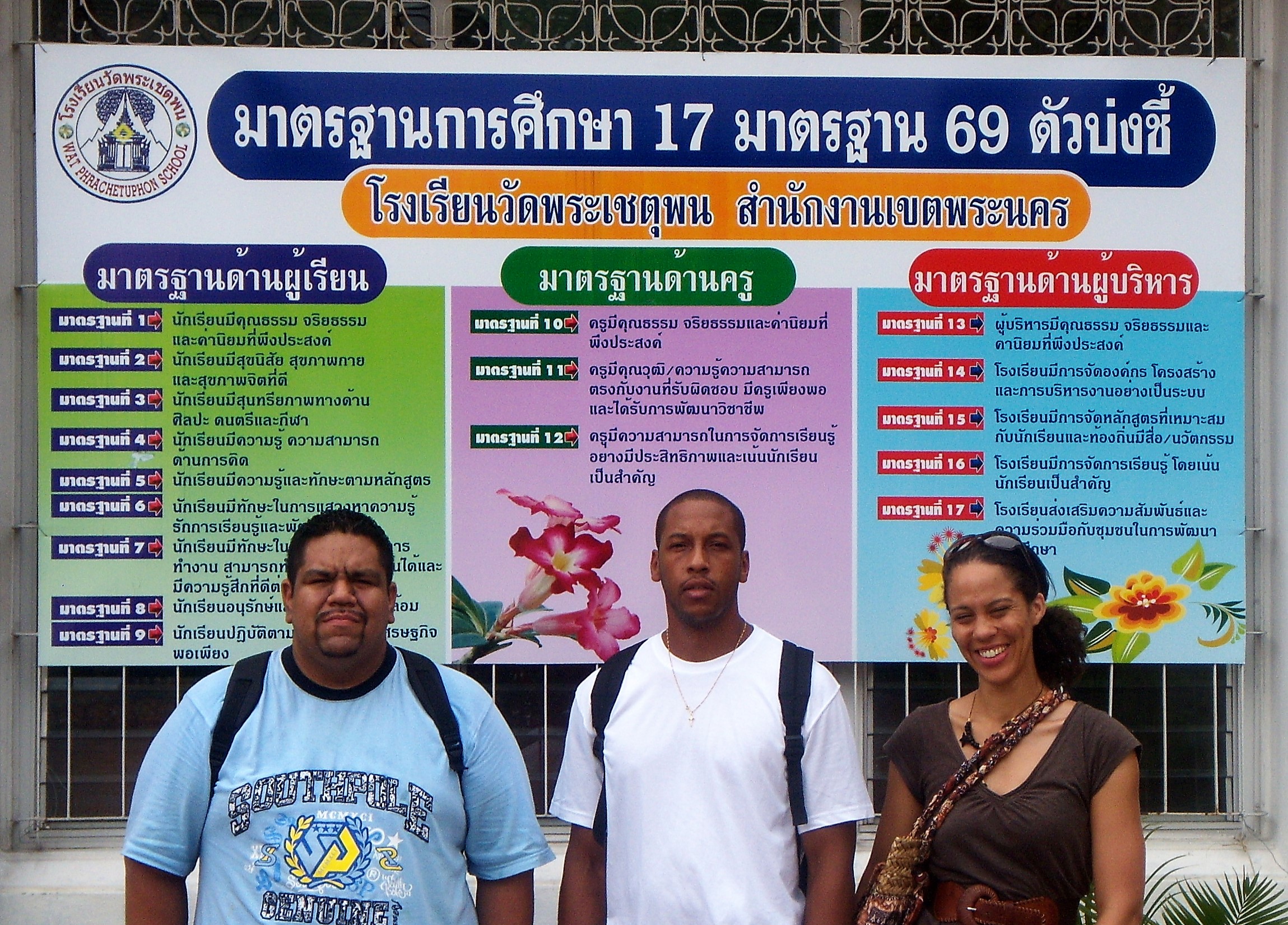
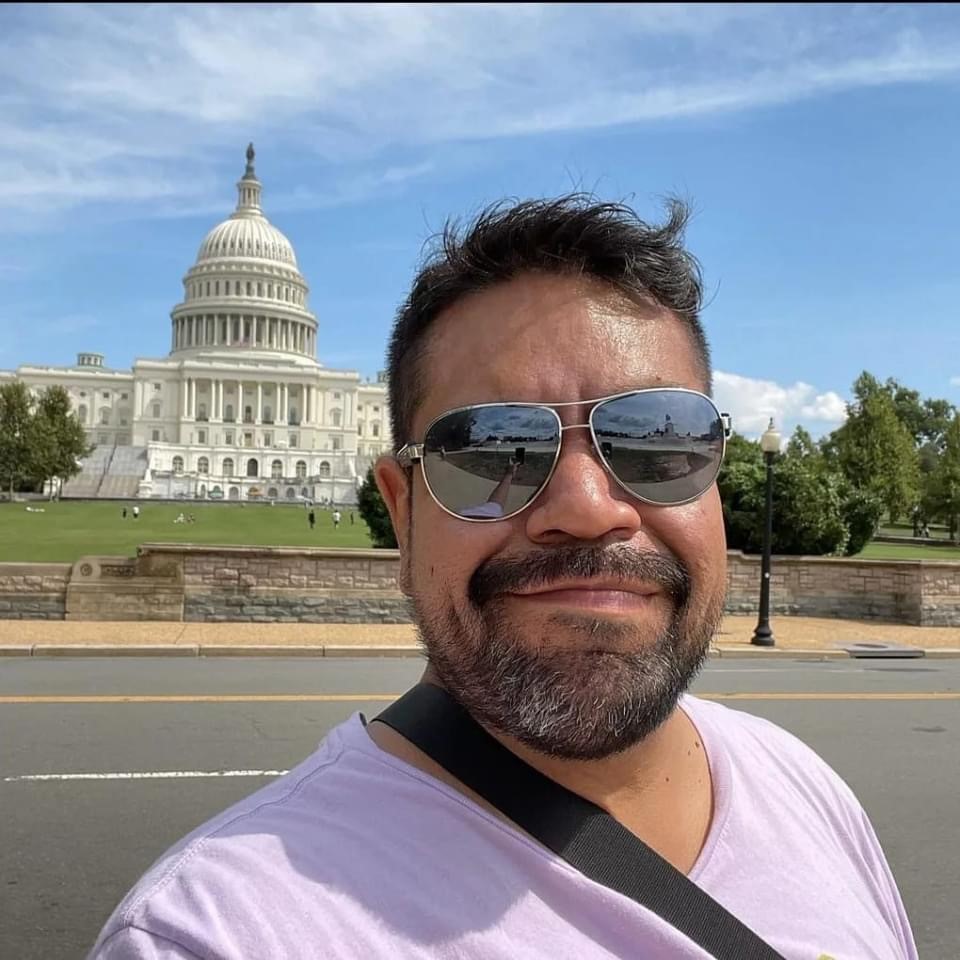
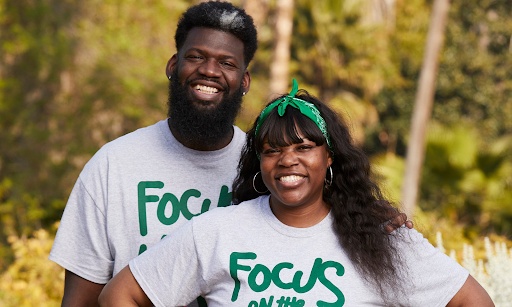
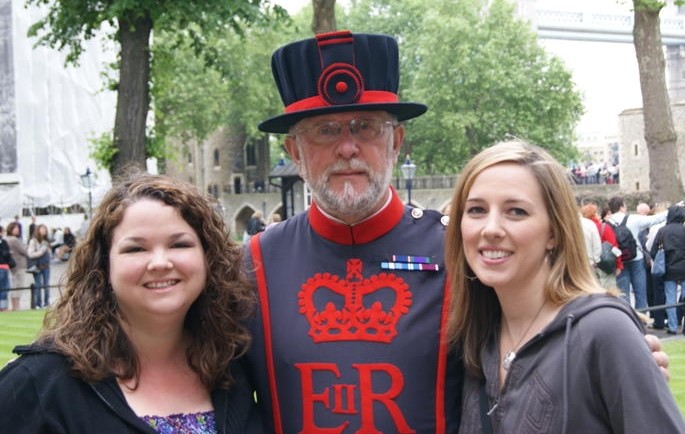

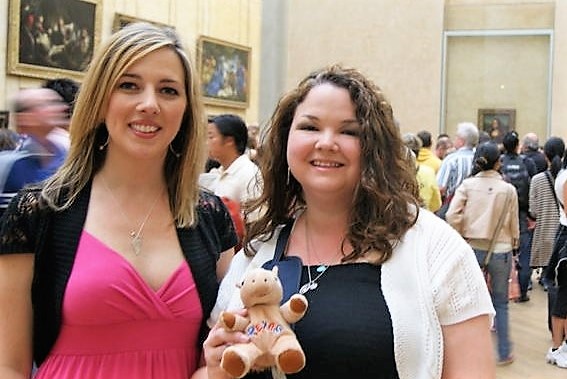
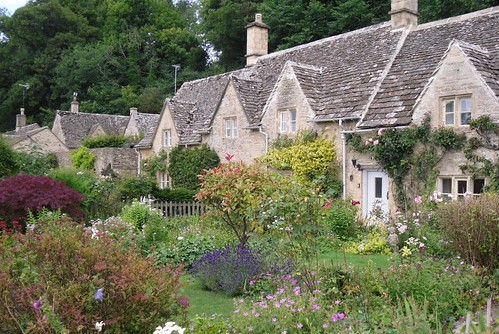
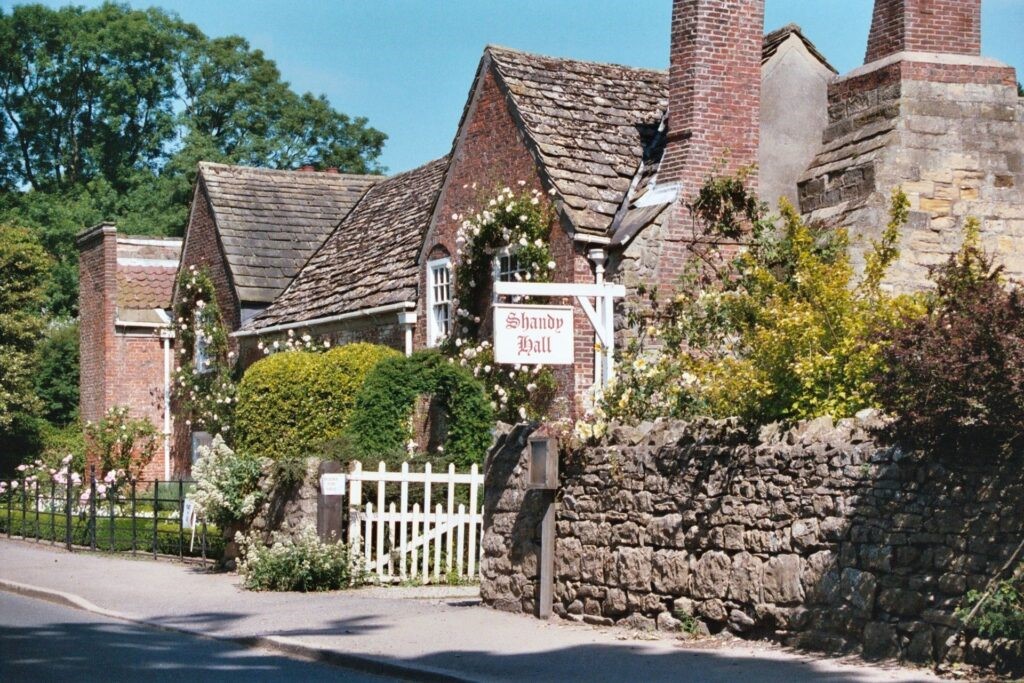
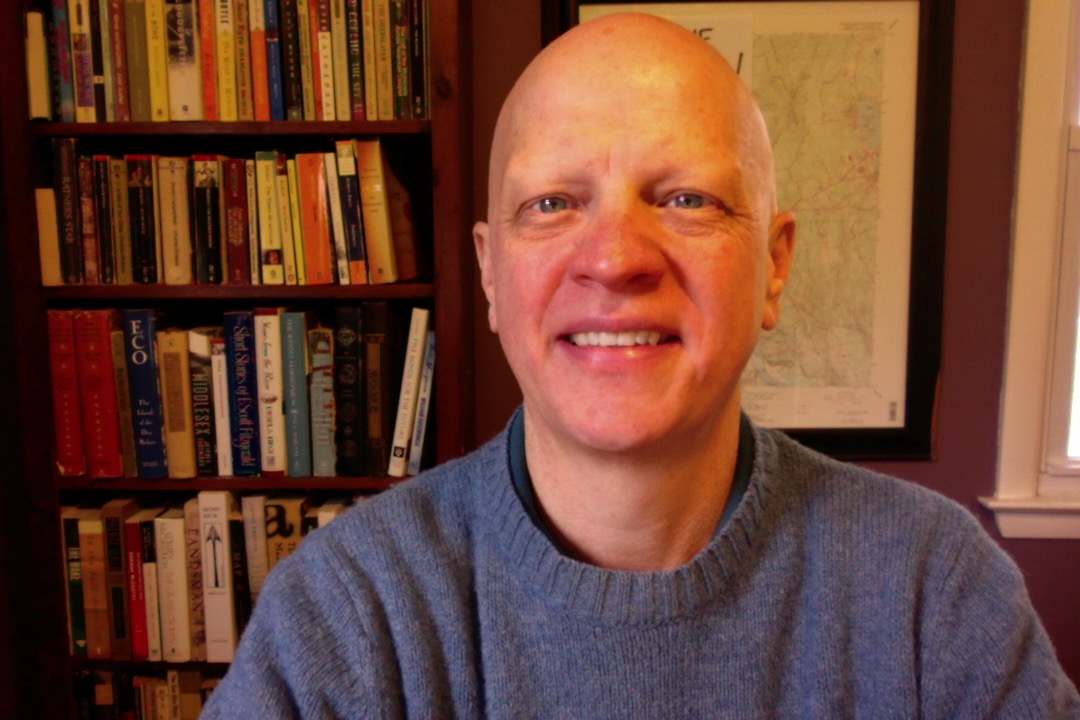


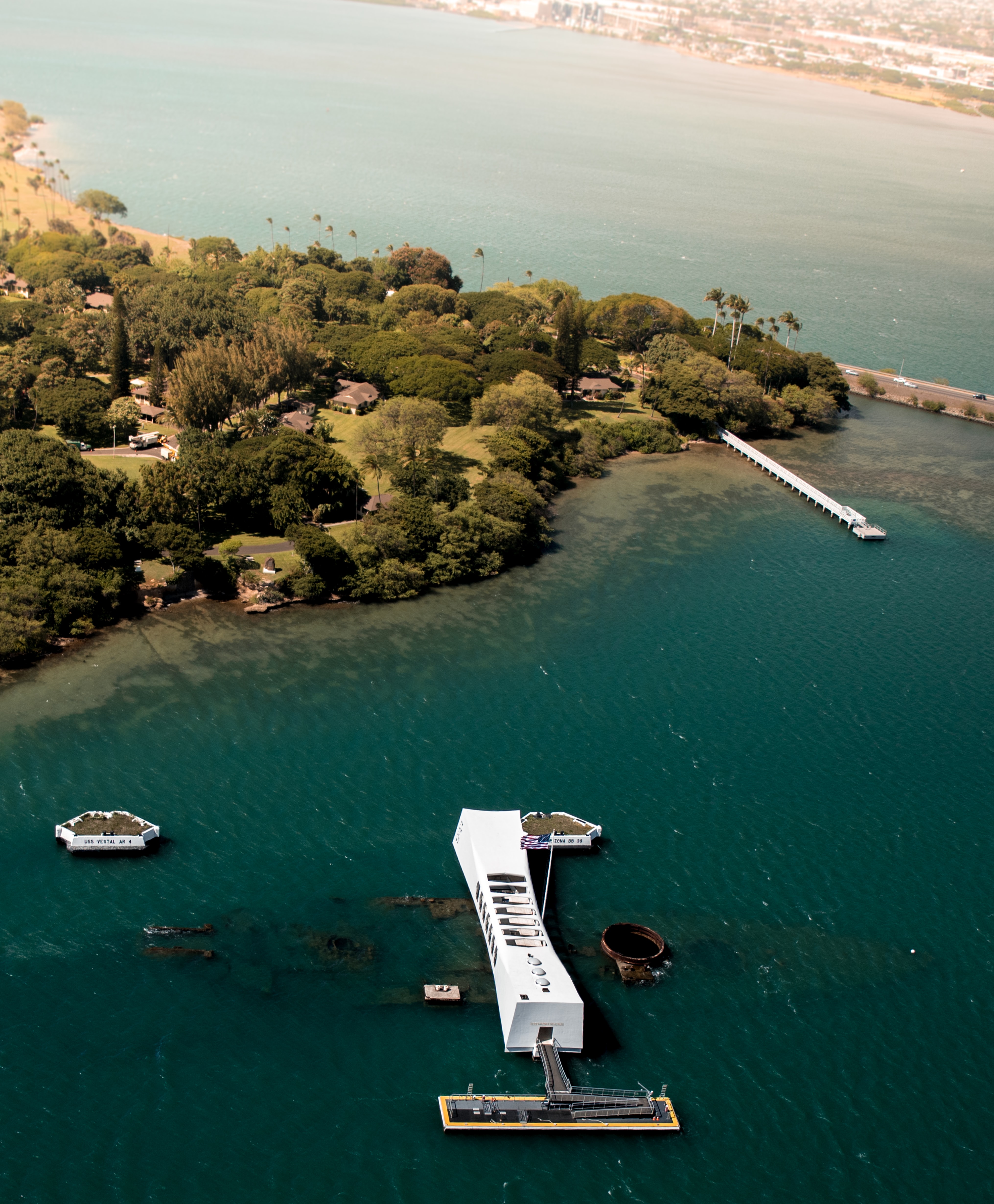
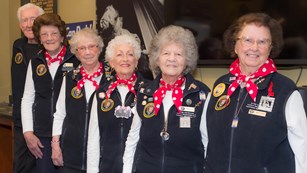
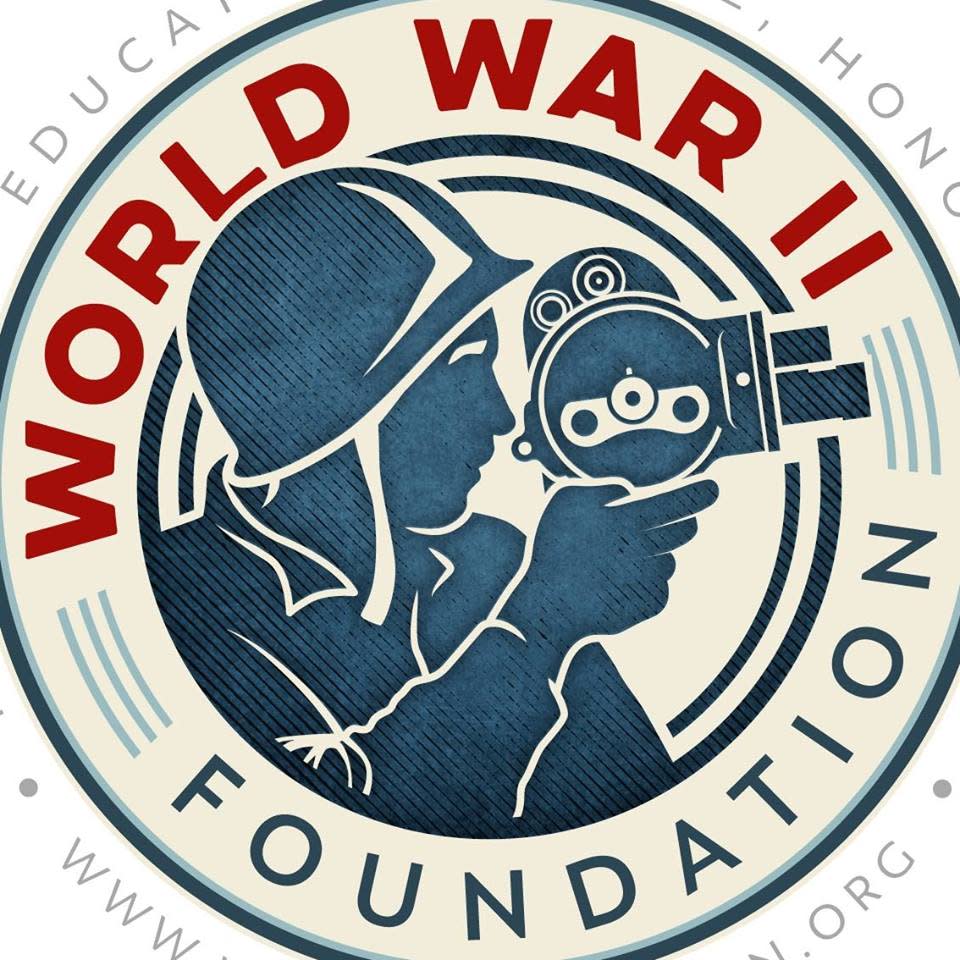
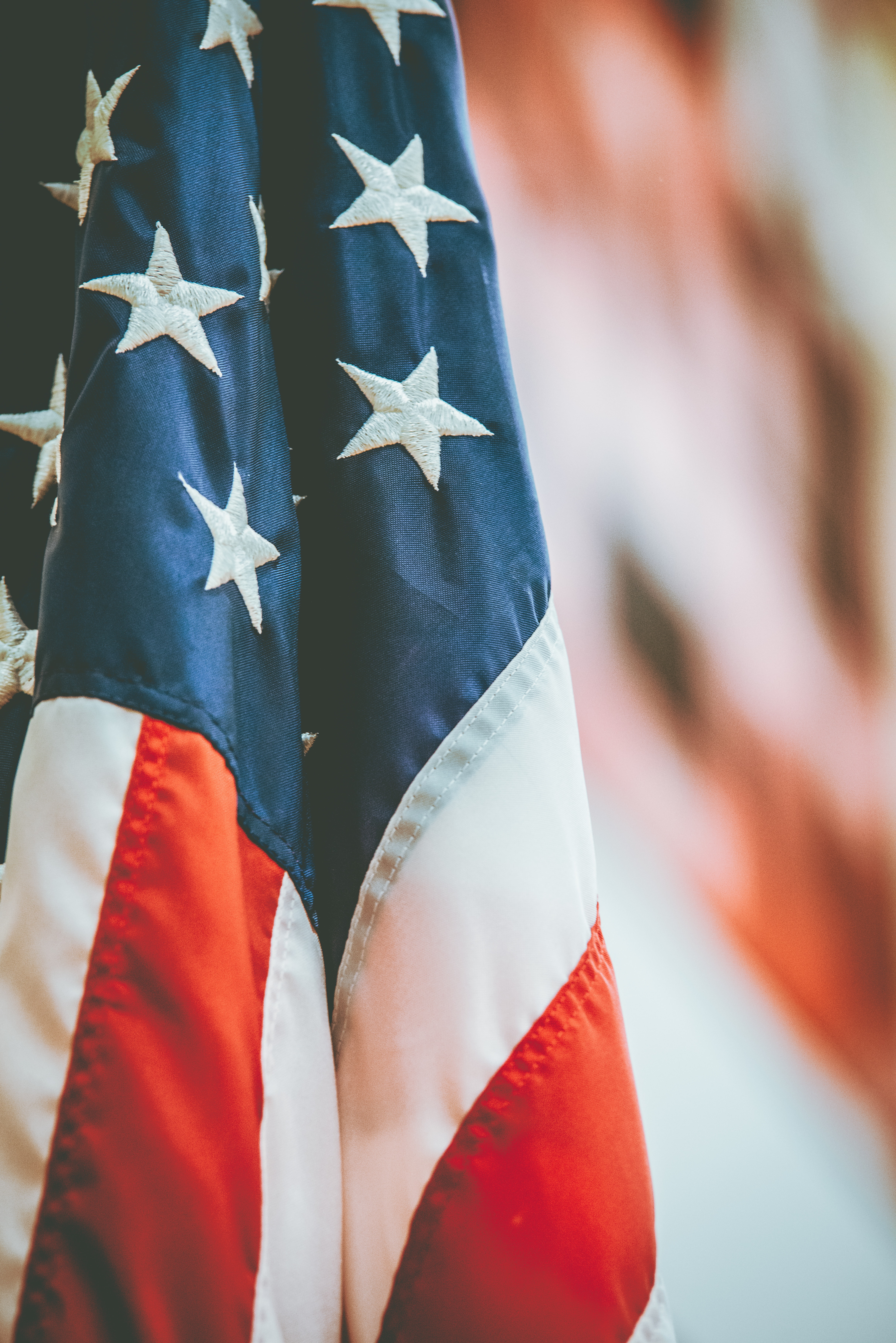
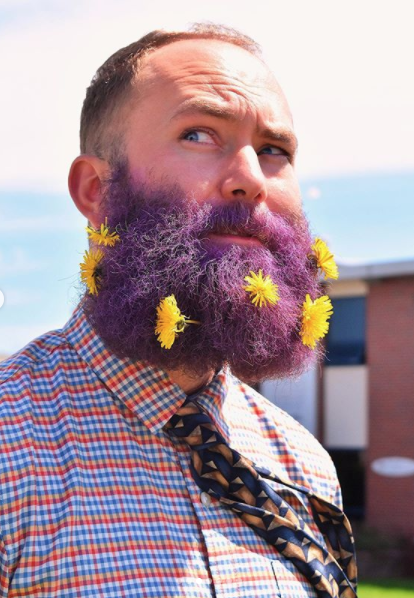
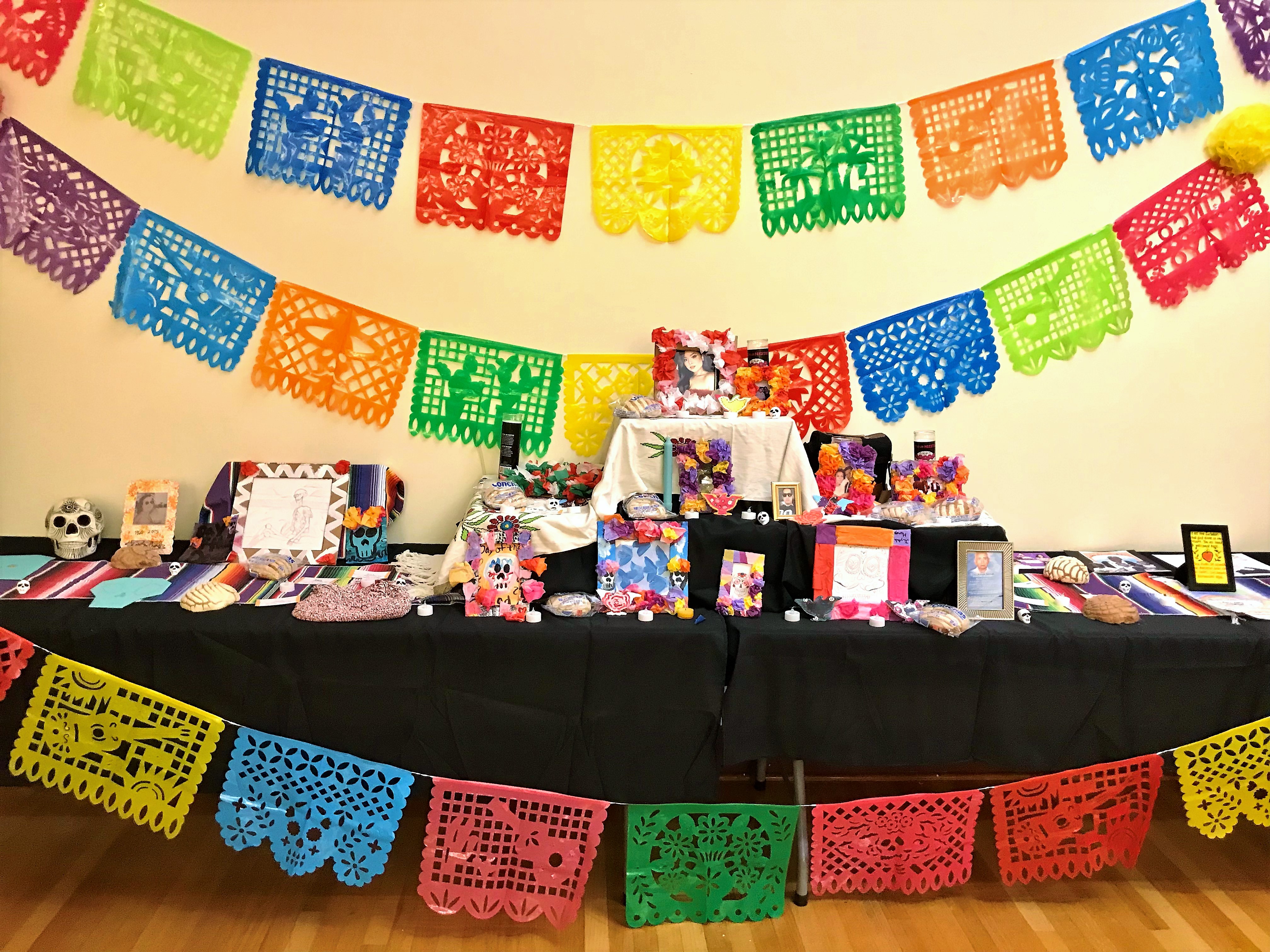
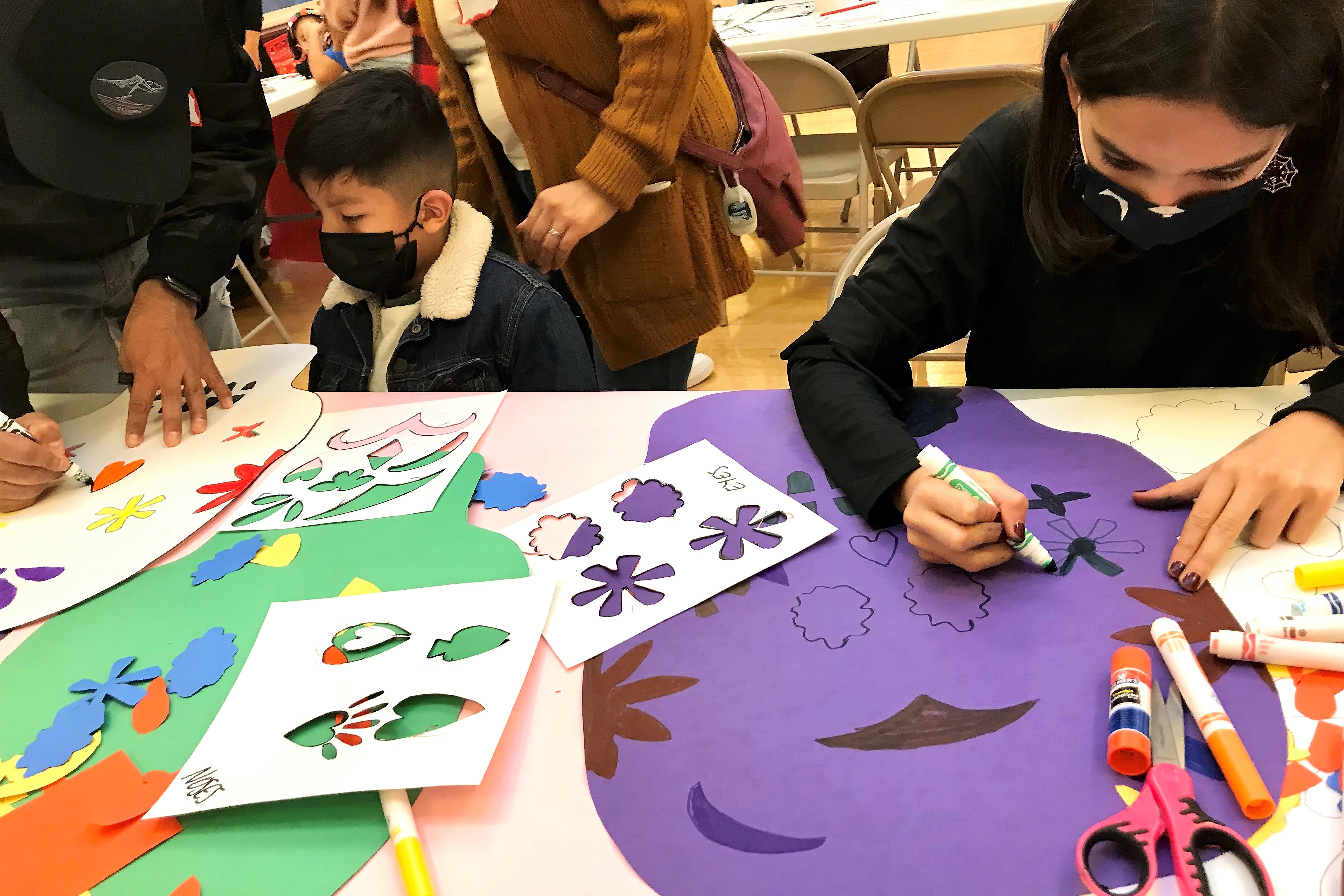
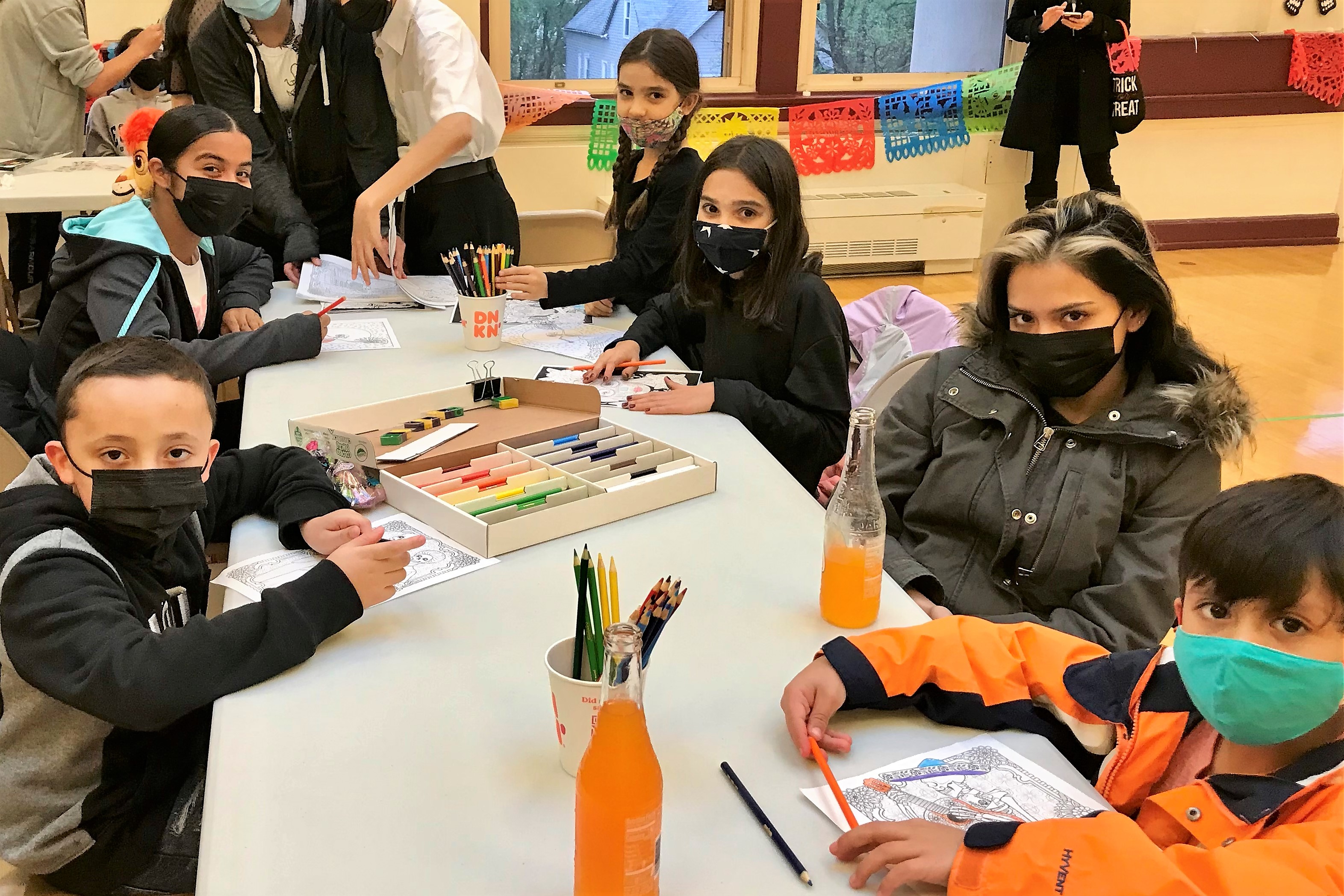

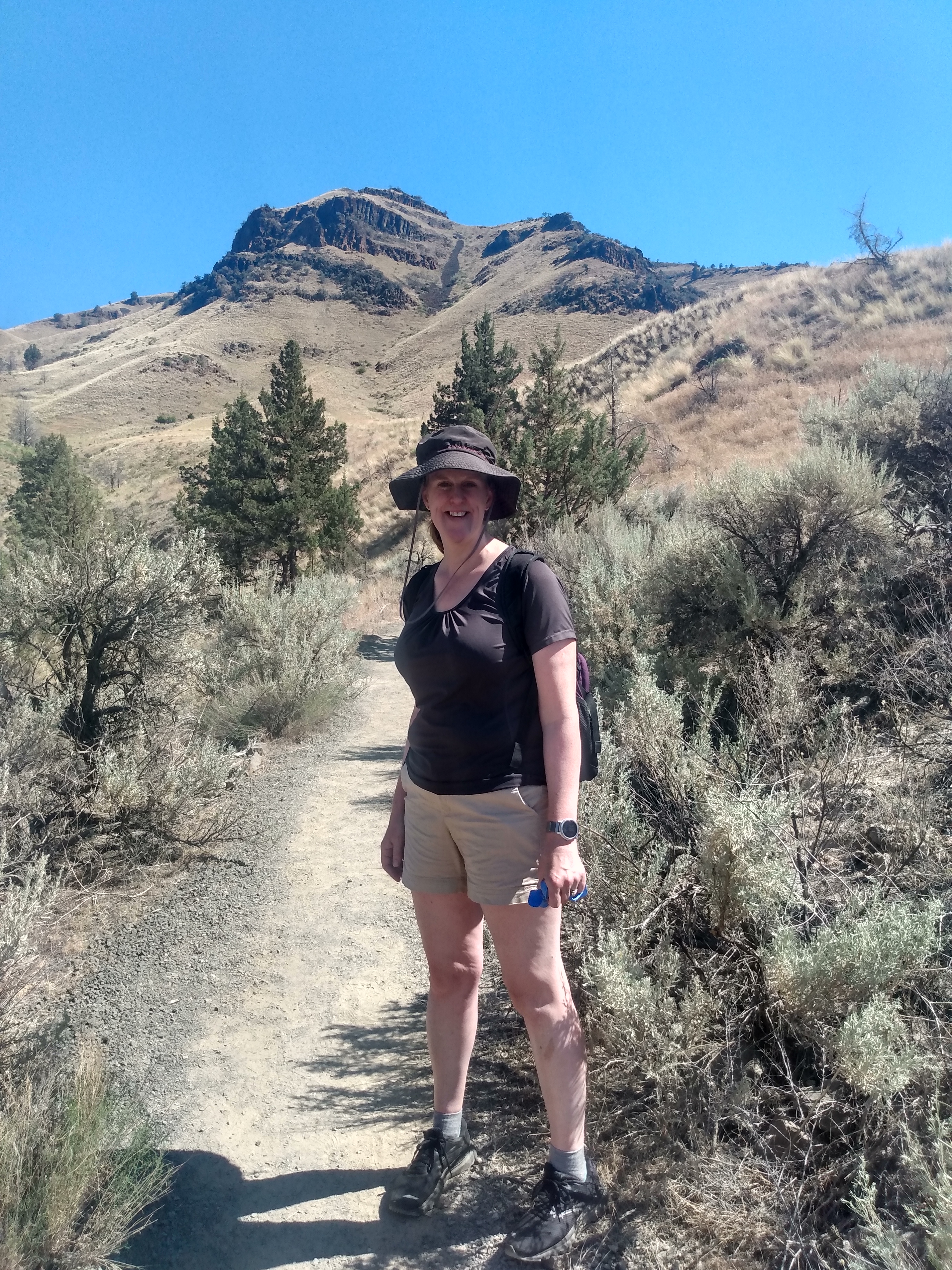
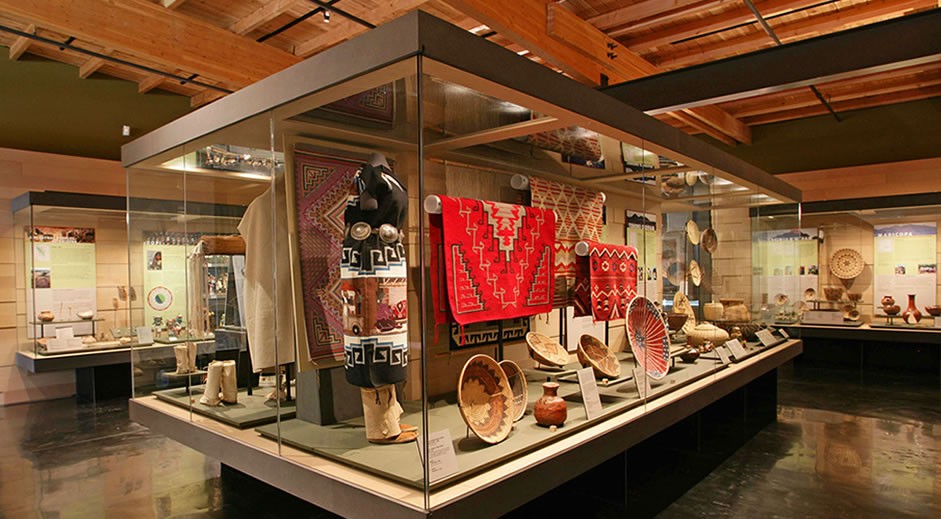


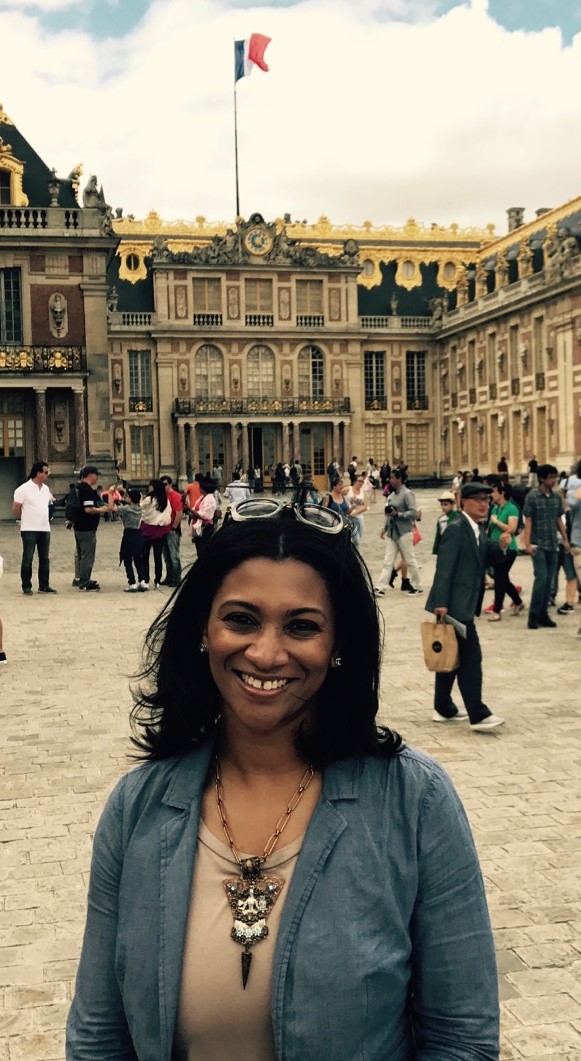
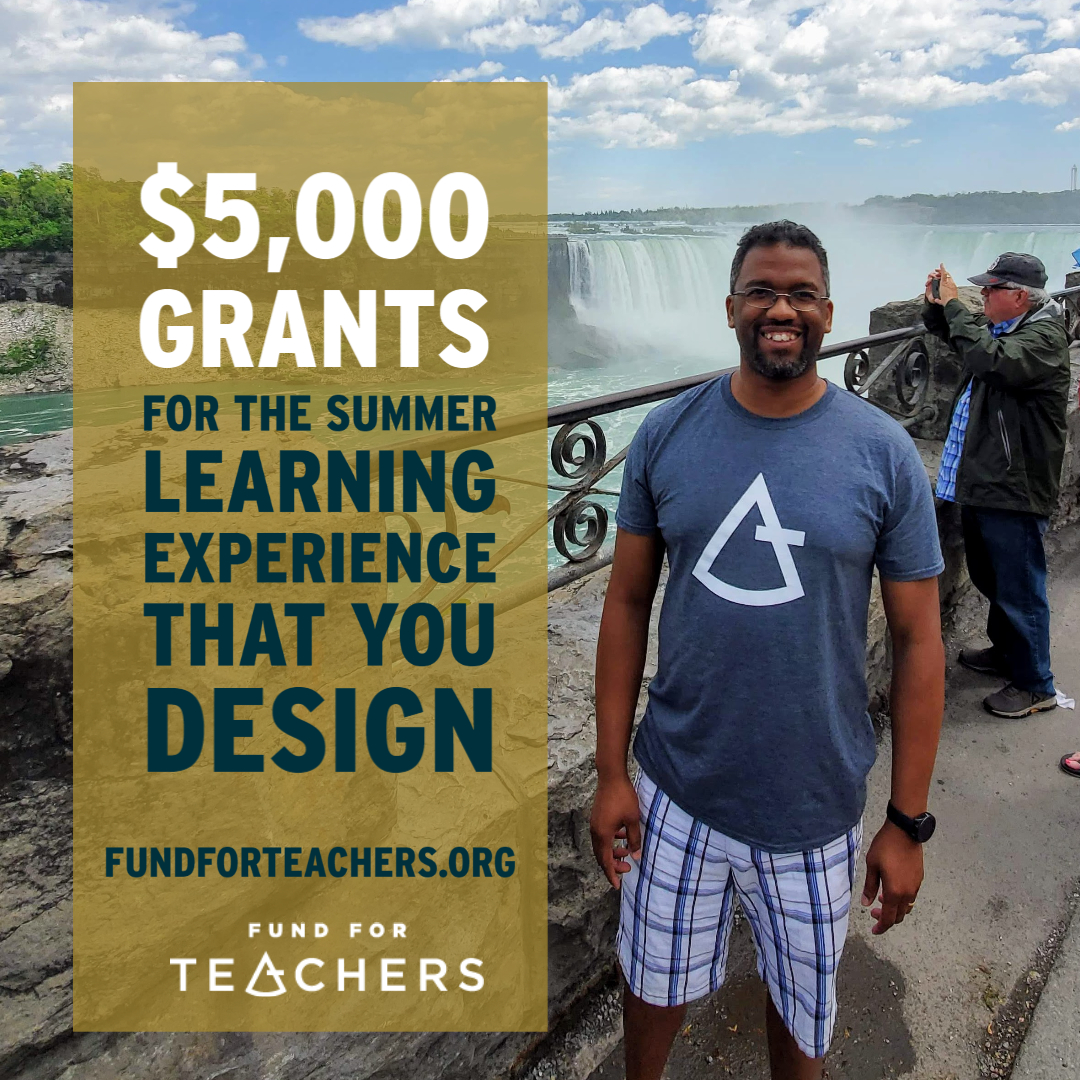

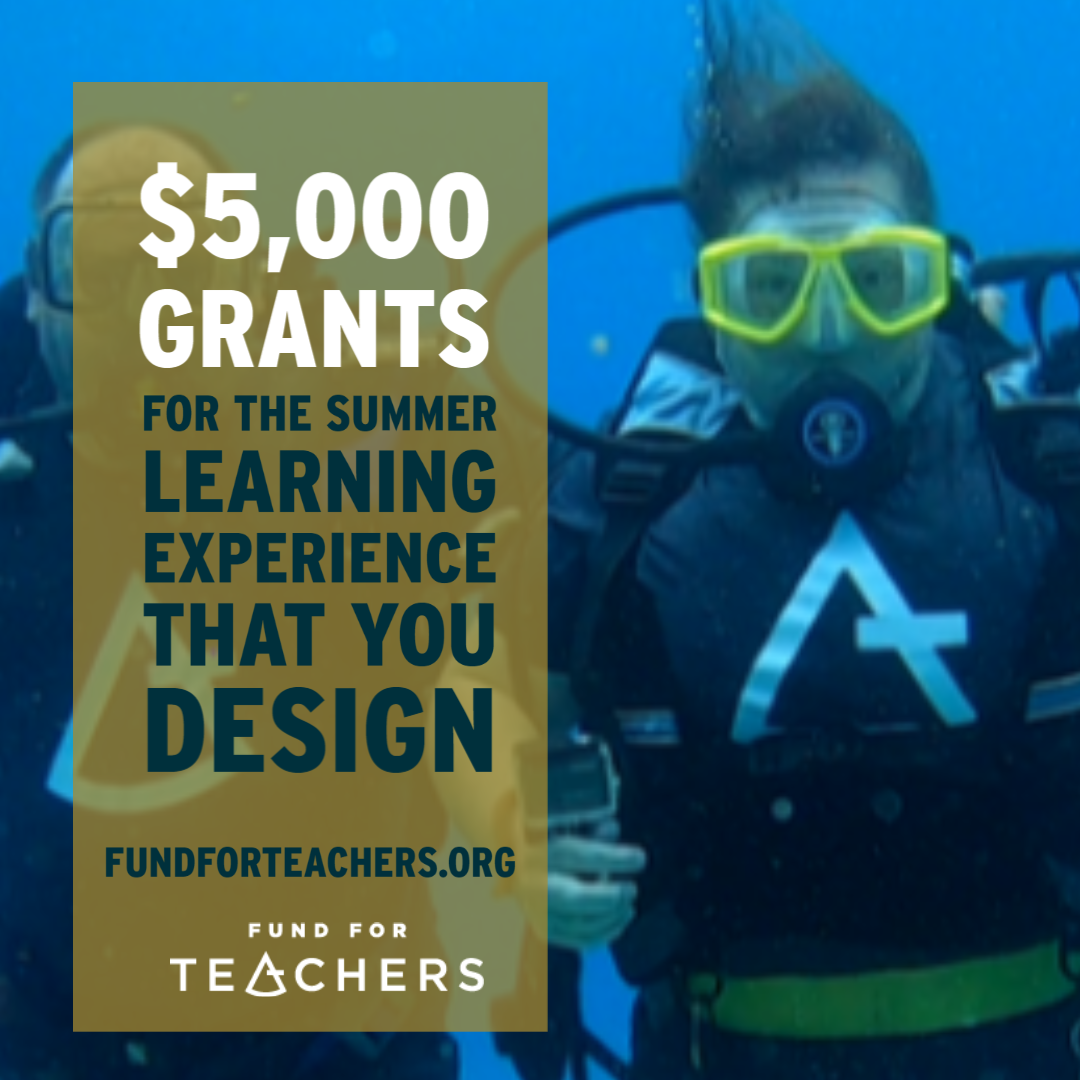
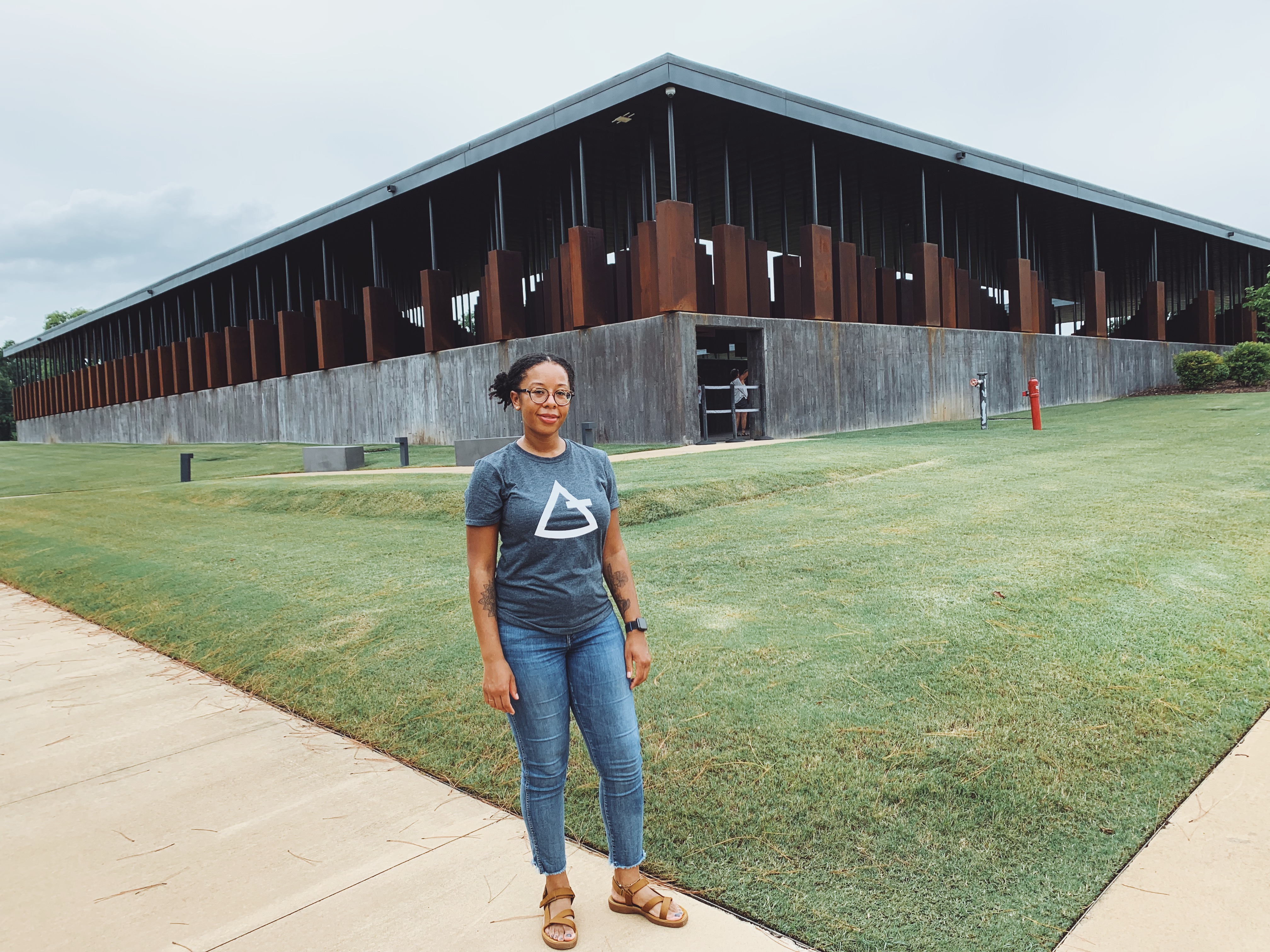
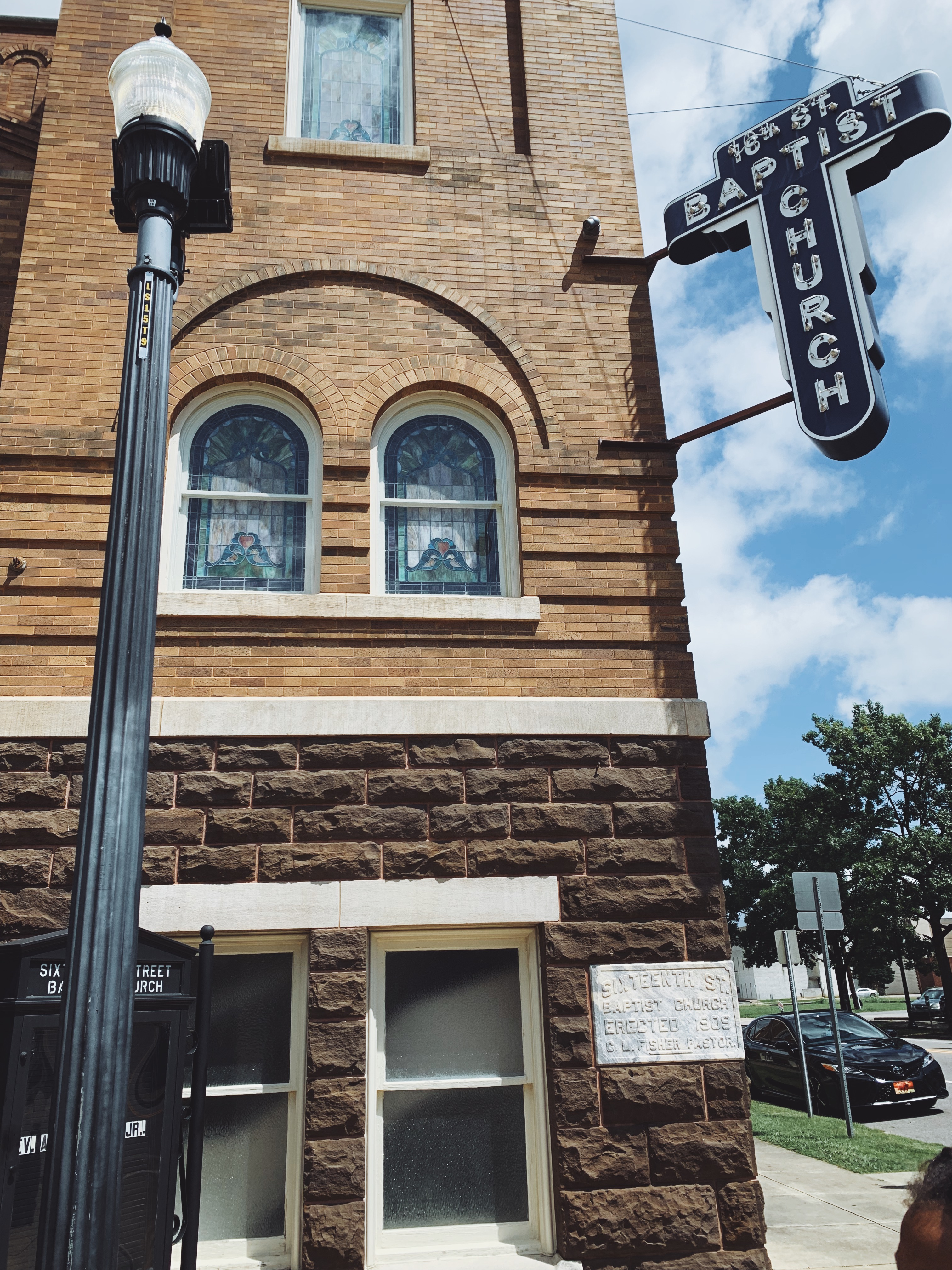

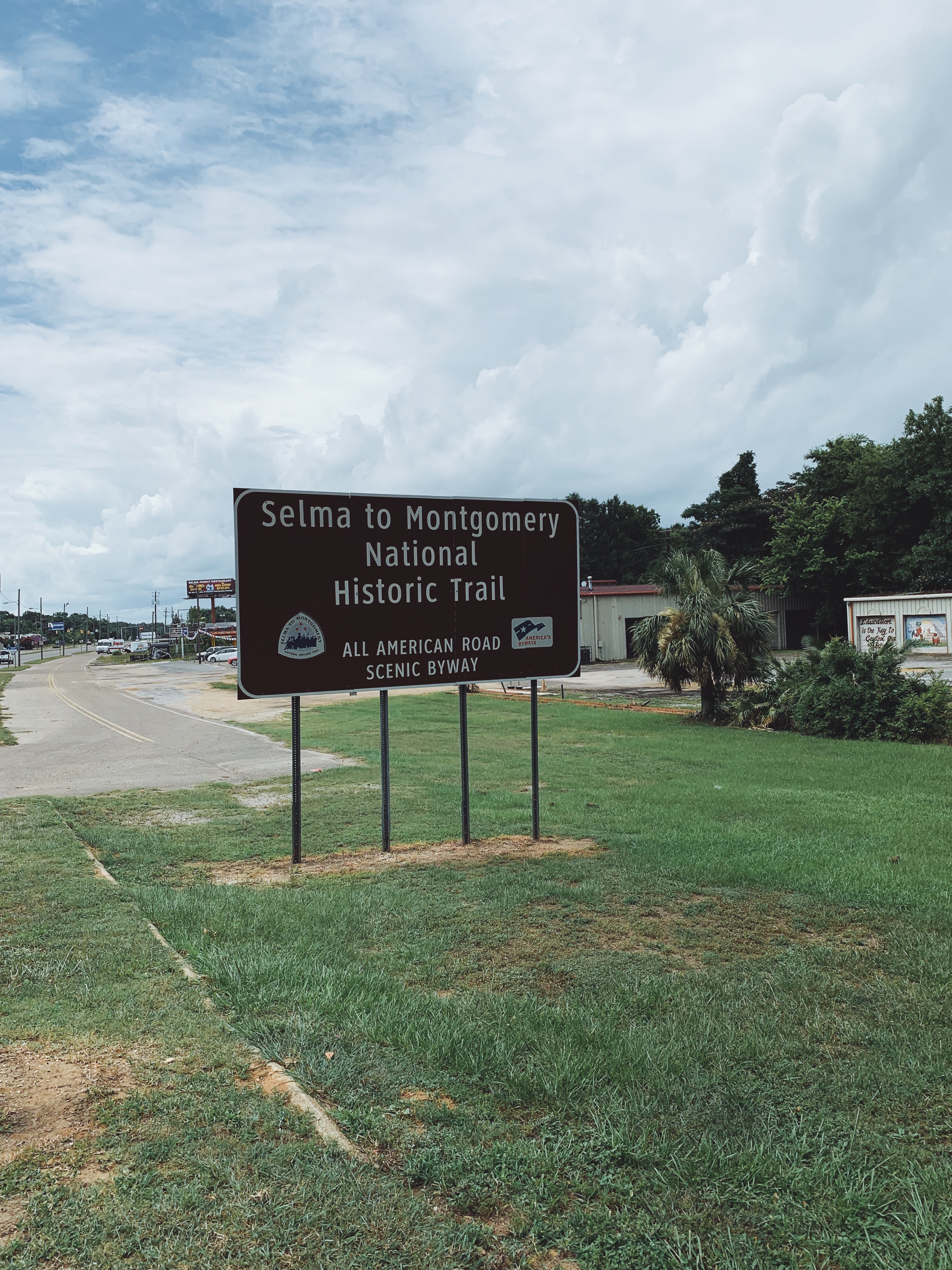

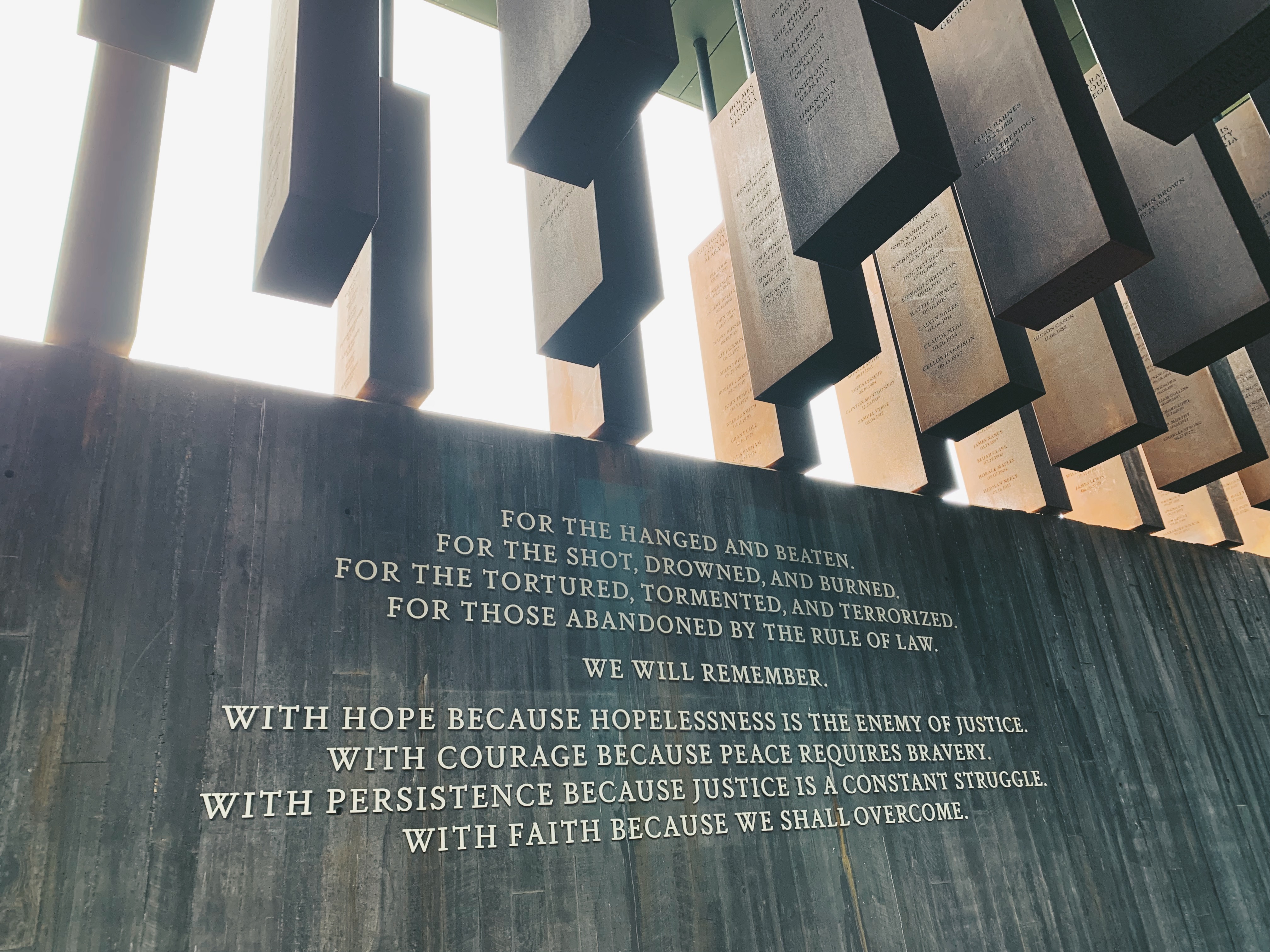
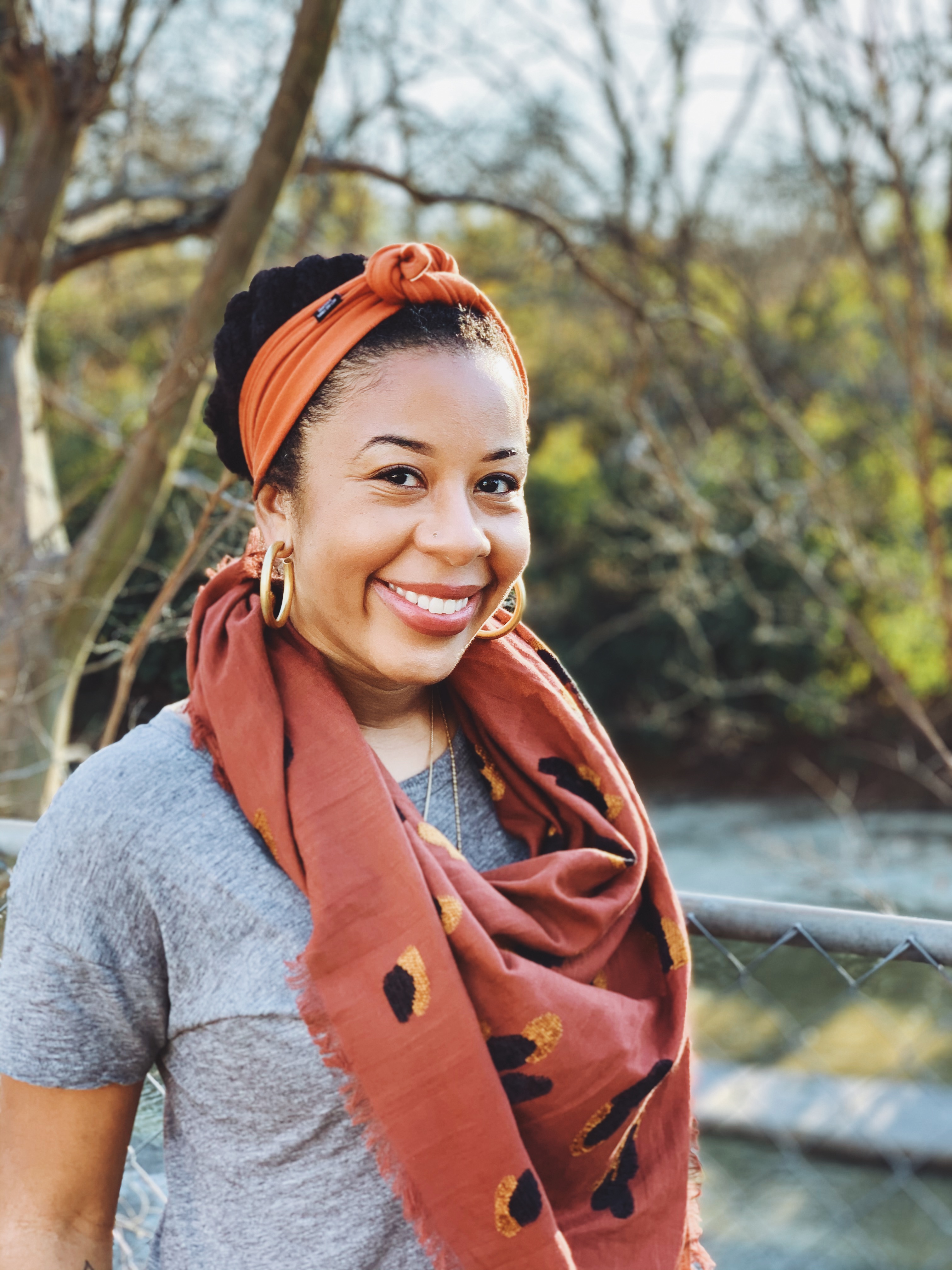 Amanda Hope is a K-5th grade Gifted/Talented Program teacher at Nancy Moseley Elementary in Dallas, Texas. Amanda has served as a classroom teacher for nearly 10 years. She most recently received the 2020-2021 Campus Teacher of the Year award at her school. In addition to teaching, Amanda is a senior policy fellow with
Amanda Hope is a K-5th grade Gifted/Talented Program teacher at Nancy Moseley Elementary in Dallas, Texas. Amanda has served as a classroom teacher for nearly 10 years. She most recently received the 2020-2021 Campus Teacher of the Year award at her school. In addition to teaching, Amanda is a senior policy fellow with 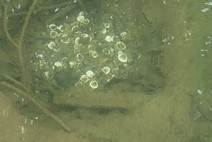
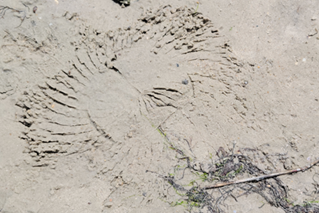



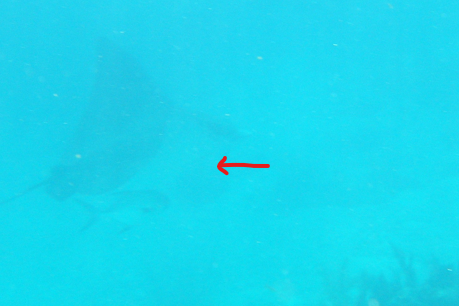
 Tammy Laakeri is a high school science teacher at
Tammy Laakeri is a high school science teacher at 

